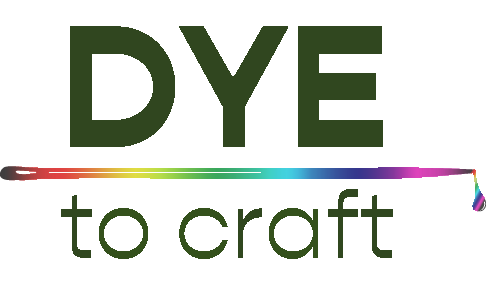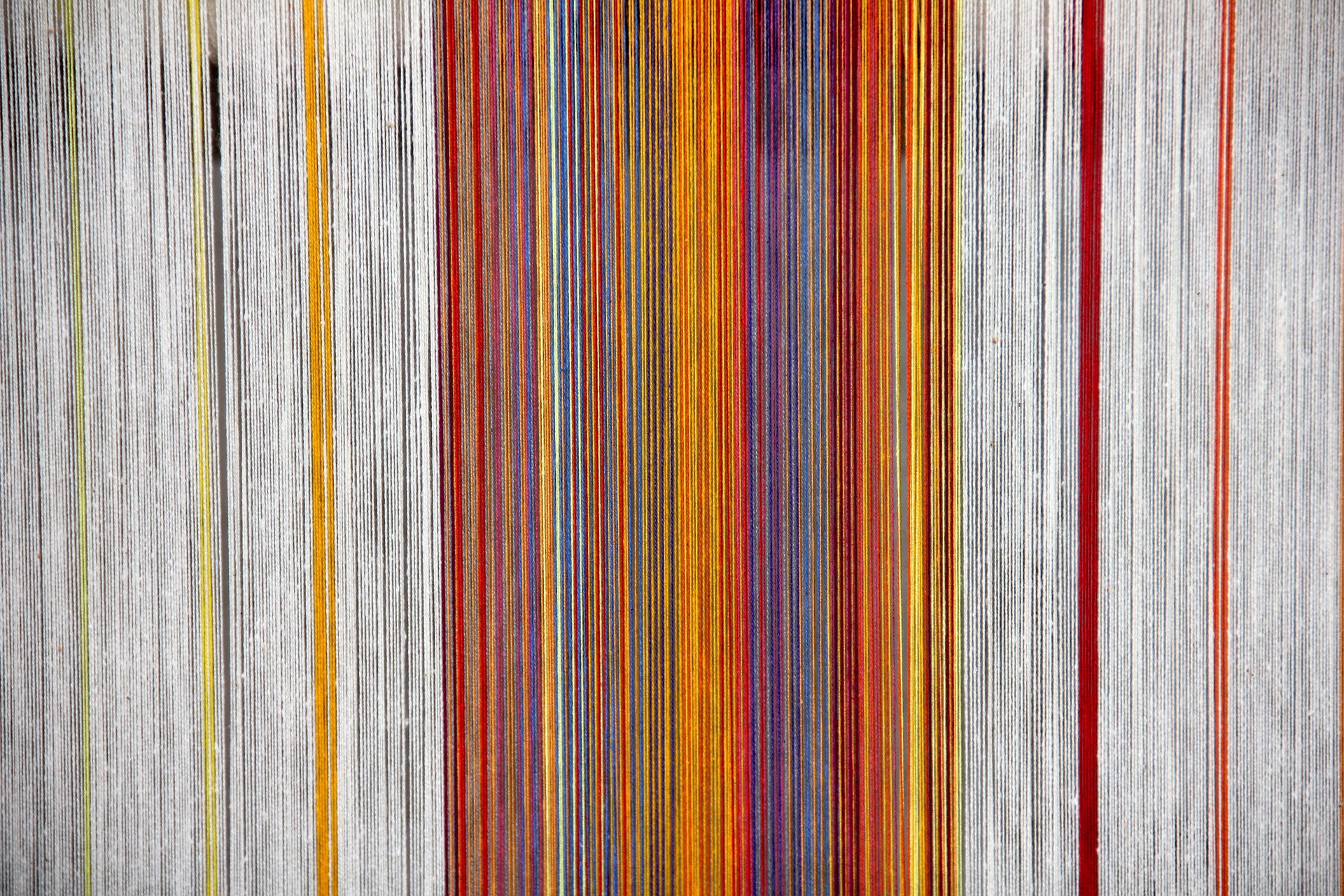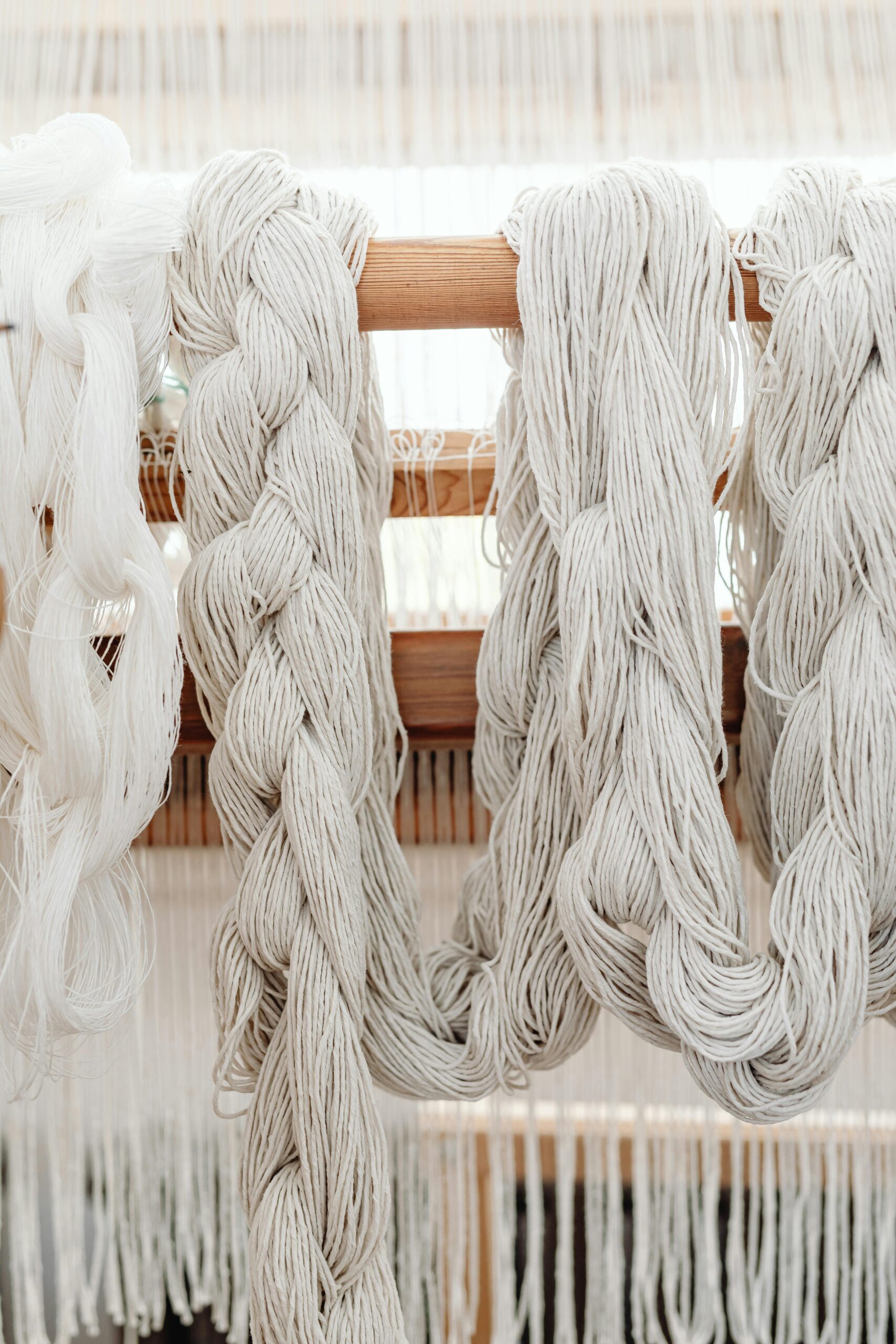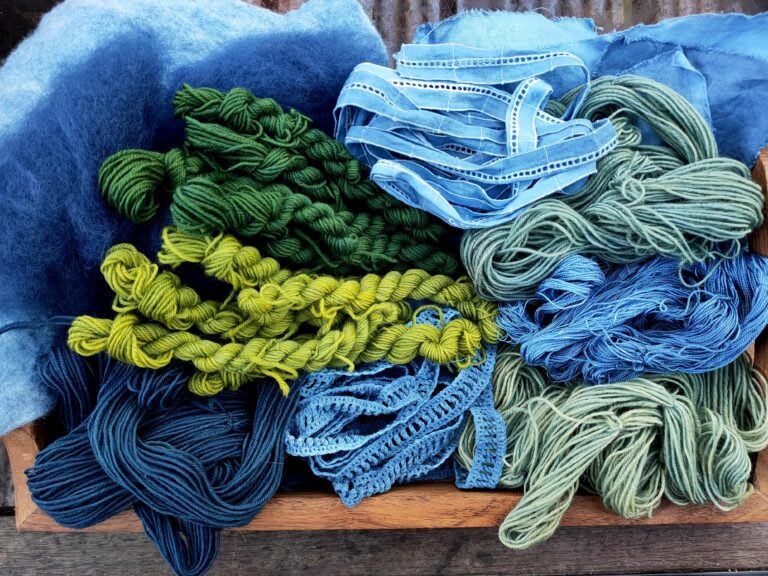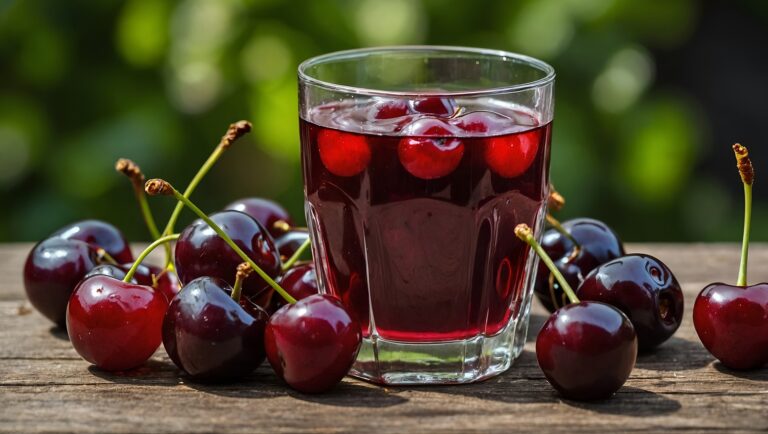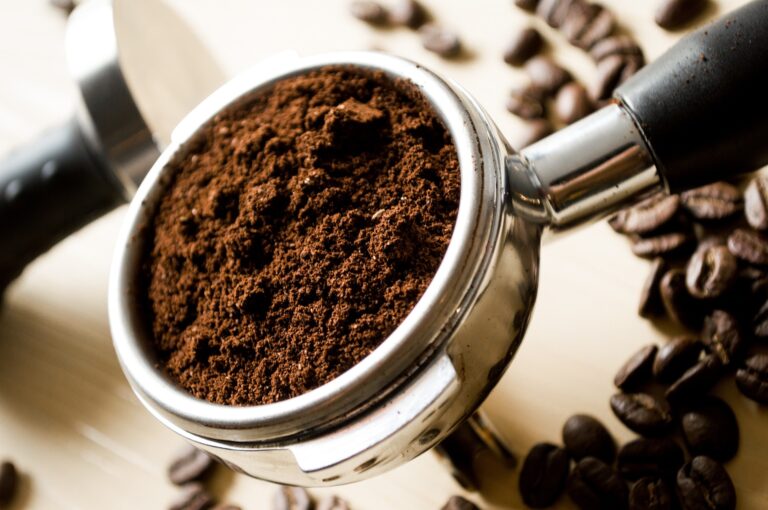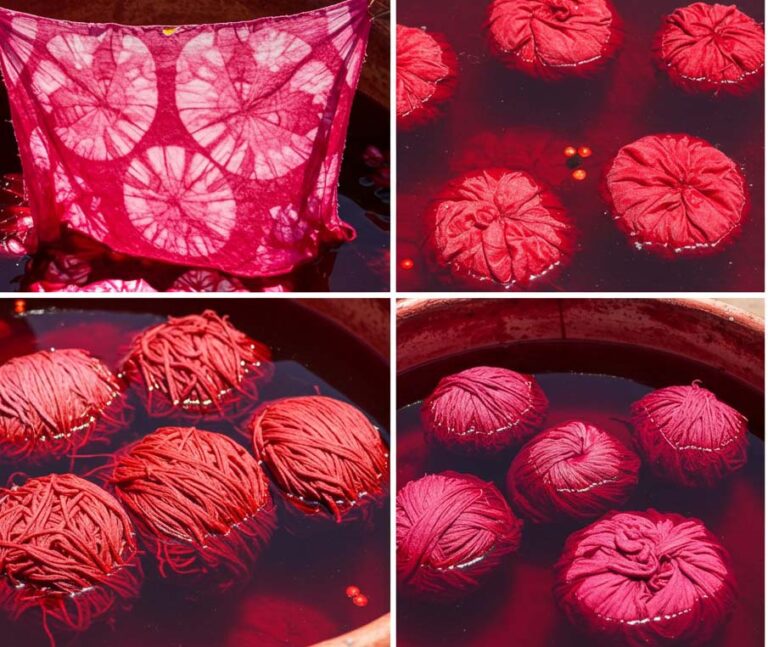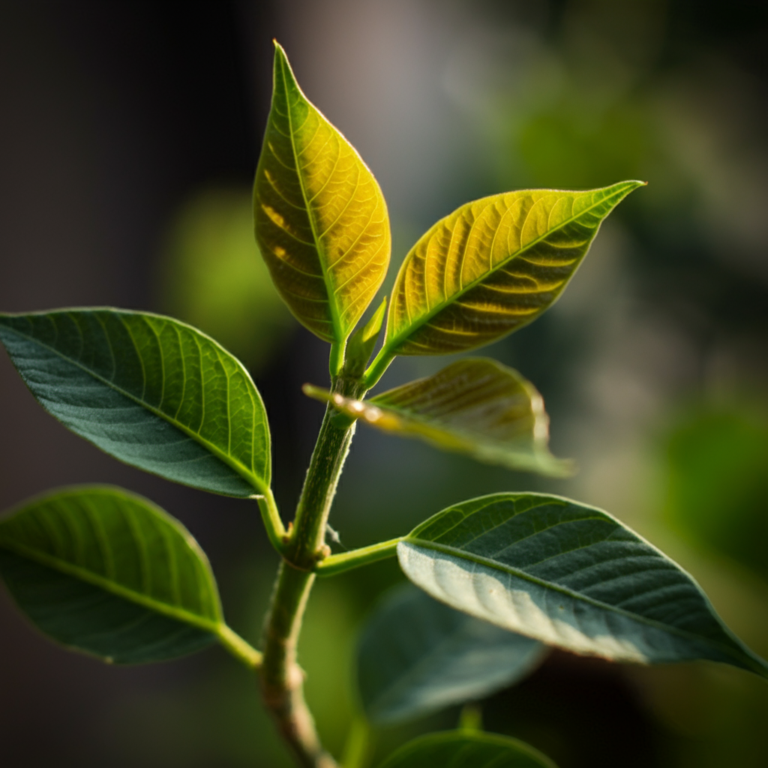12 Months of Natural Dyeing

A list of the natural dyes we have looked at over the past 12 months and the colours that they have produced.
Natural Dyes
Well the website has now been going for 12 months and I thought it would be a great idea to look at all of the colours we have produced so far.
I hope this will be helpful in your own experiments and journey though the natural dyeing landscape.
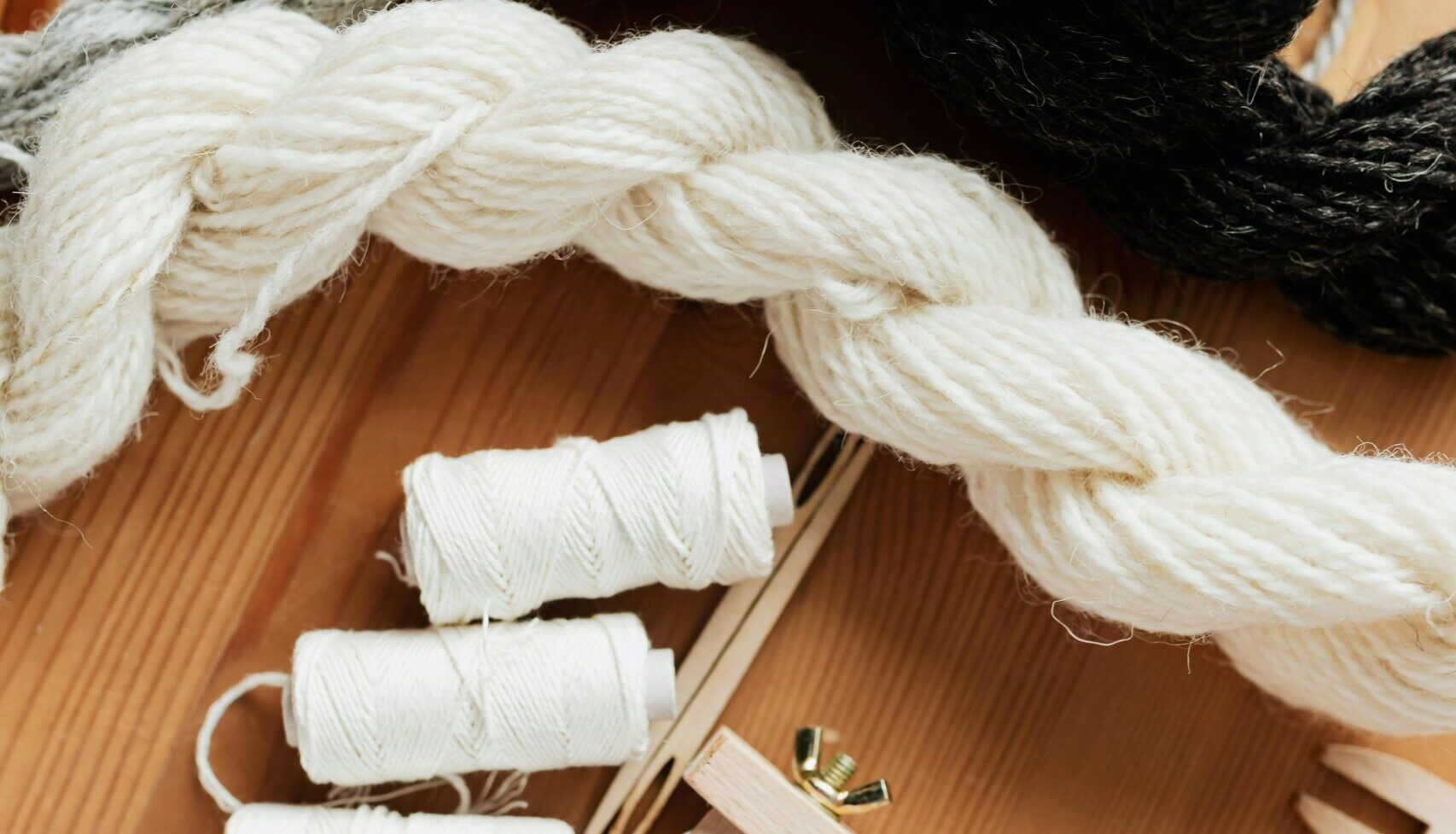
Fibre Preparation
Fibre preparation is a very important and necessary part of the natural dyeing process. Without it you will not produce either vibrant or secure colours. In the past 6 months we have concentrated basically on protein fibres. These materials which include wool, silk, alpaca or any other type of animal fibre are the easiest and more stable materials to dye with so it just made sense to start with these!
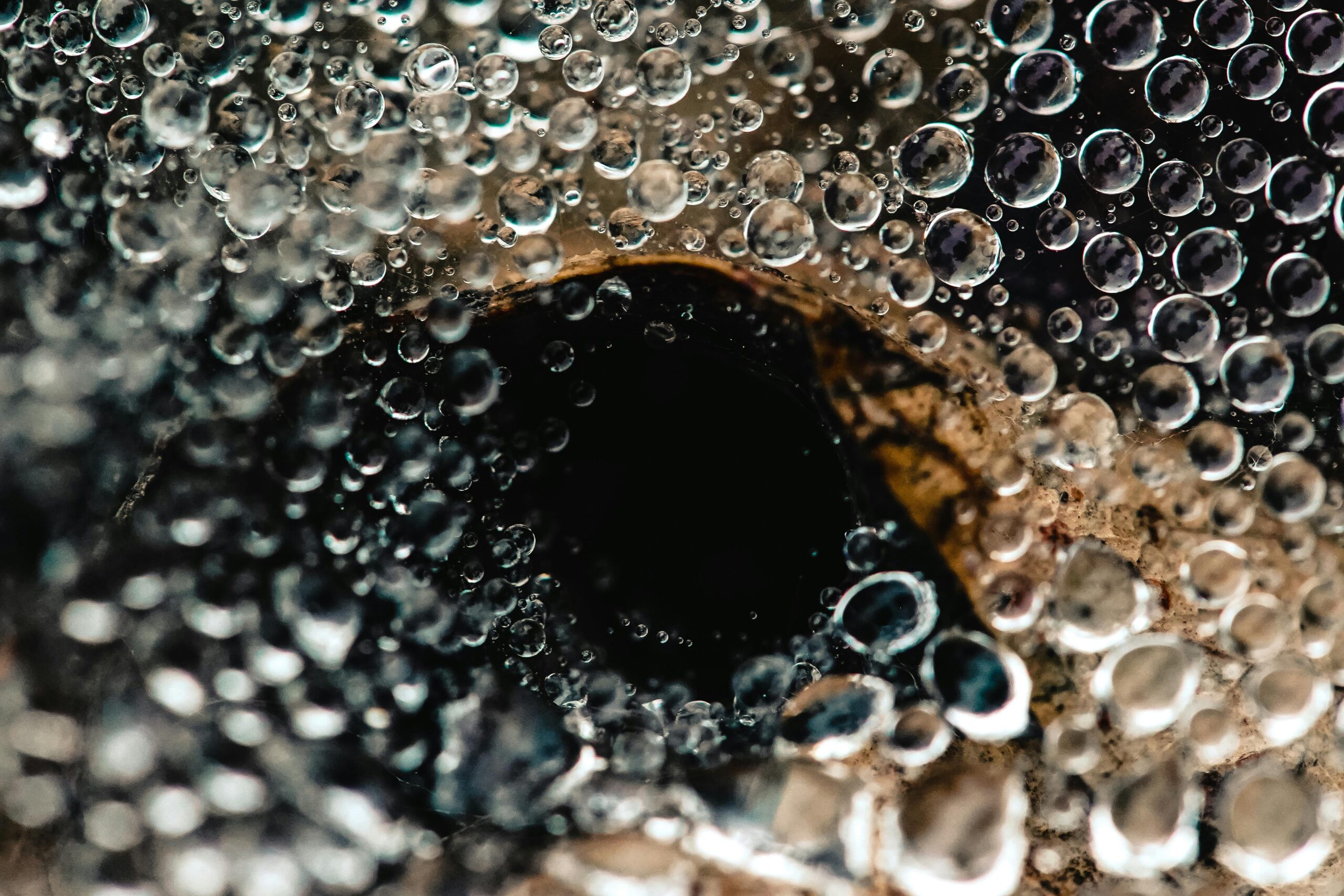
Scouring your protein fibres
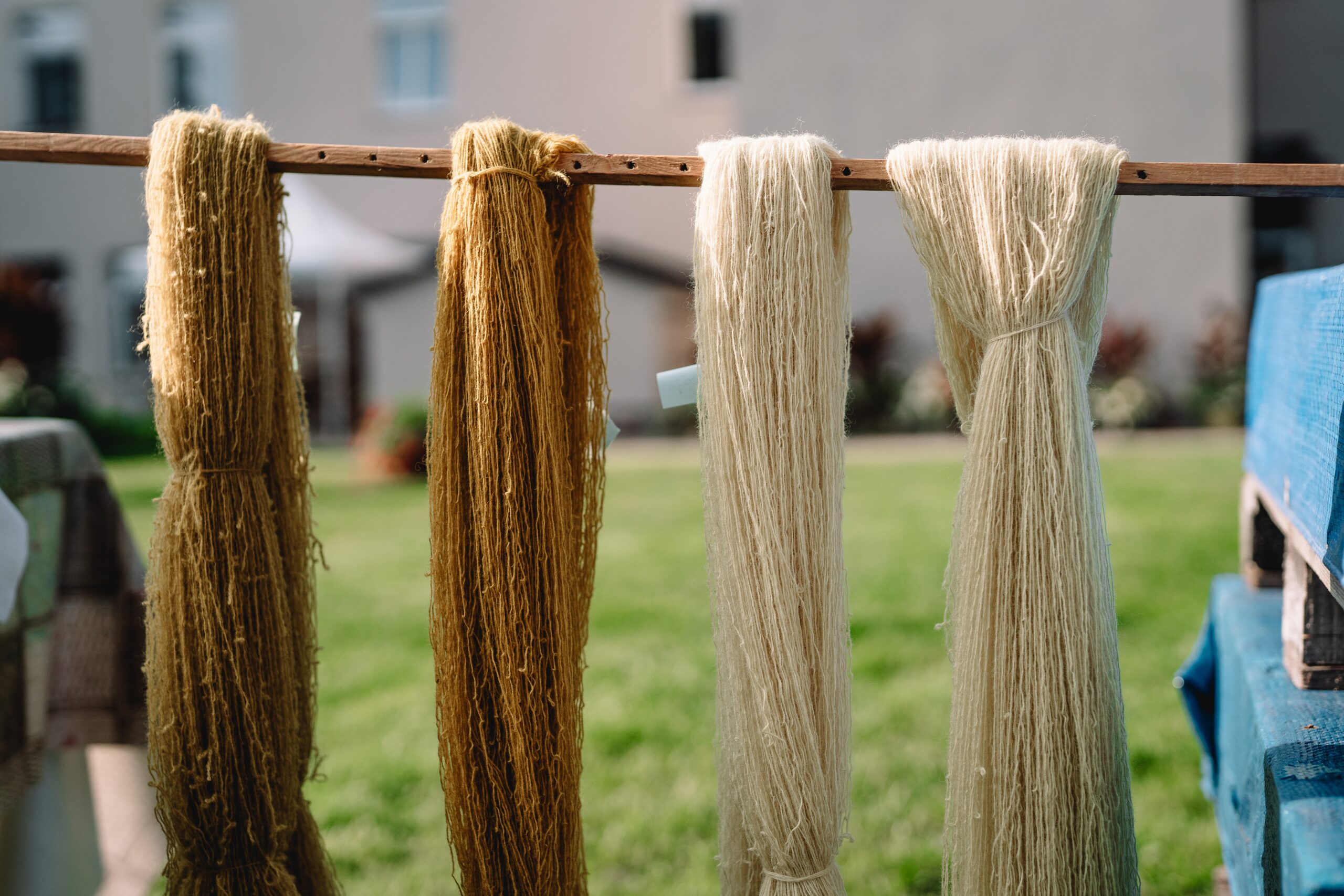
Mordanting Protein fibres with Alum
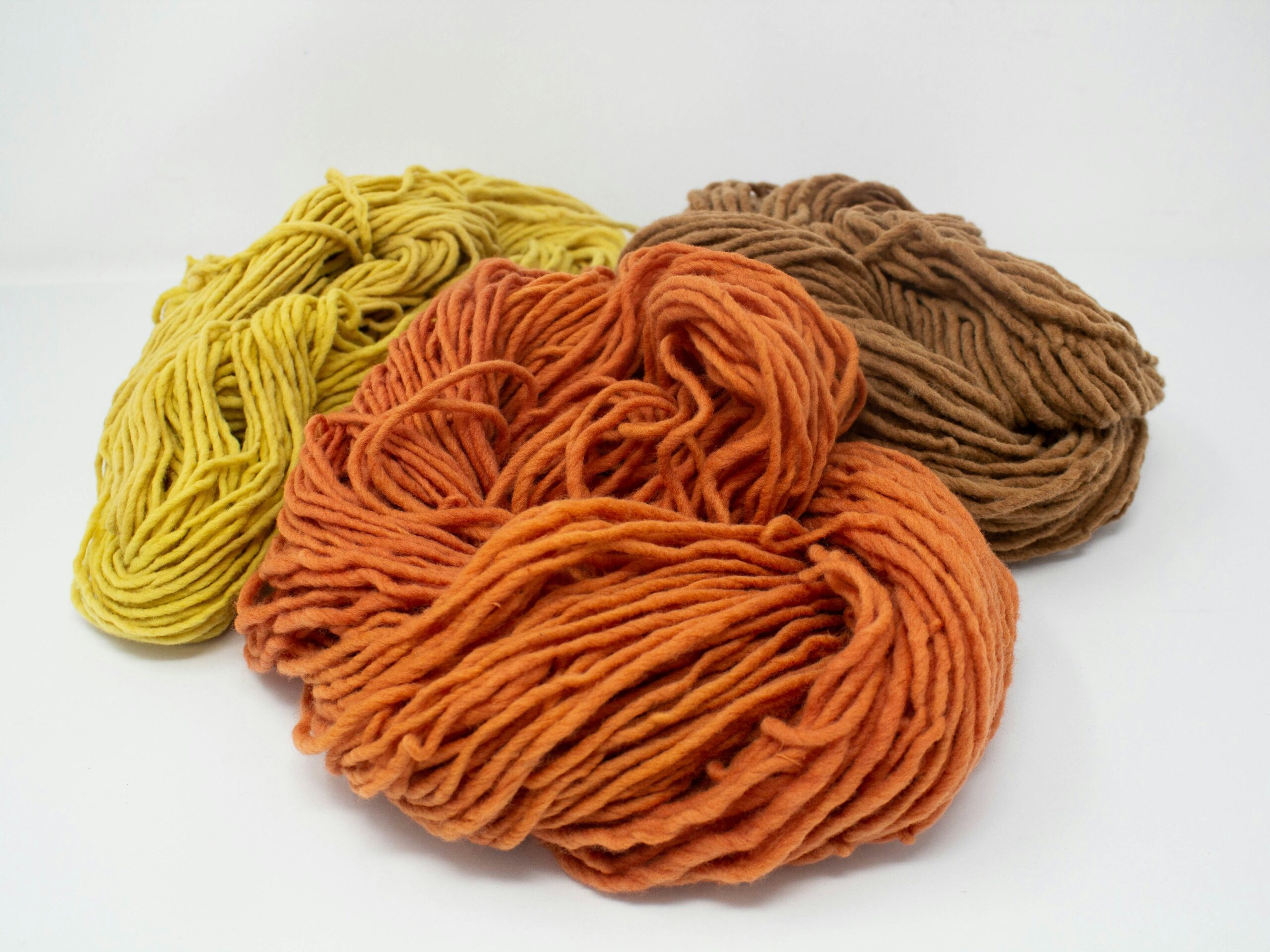
Mordanting Protein Fibres with your own Iron Mordant
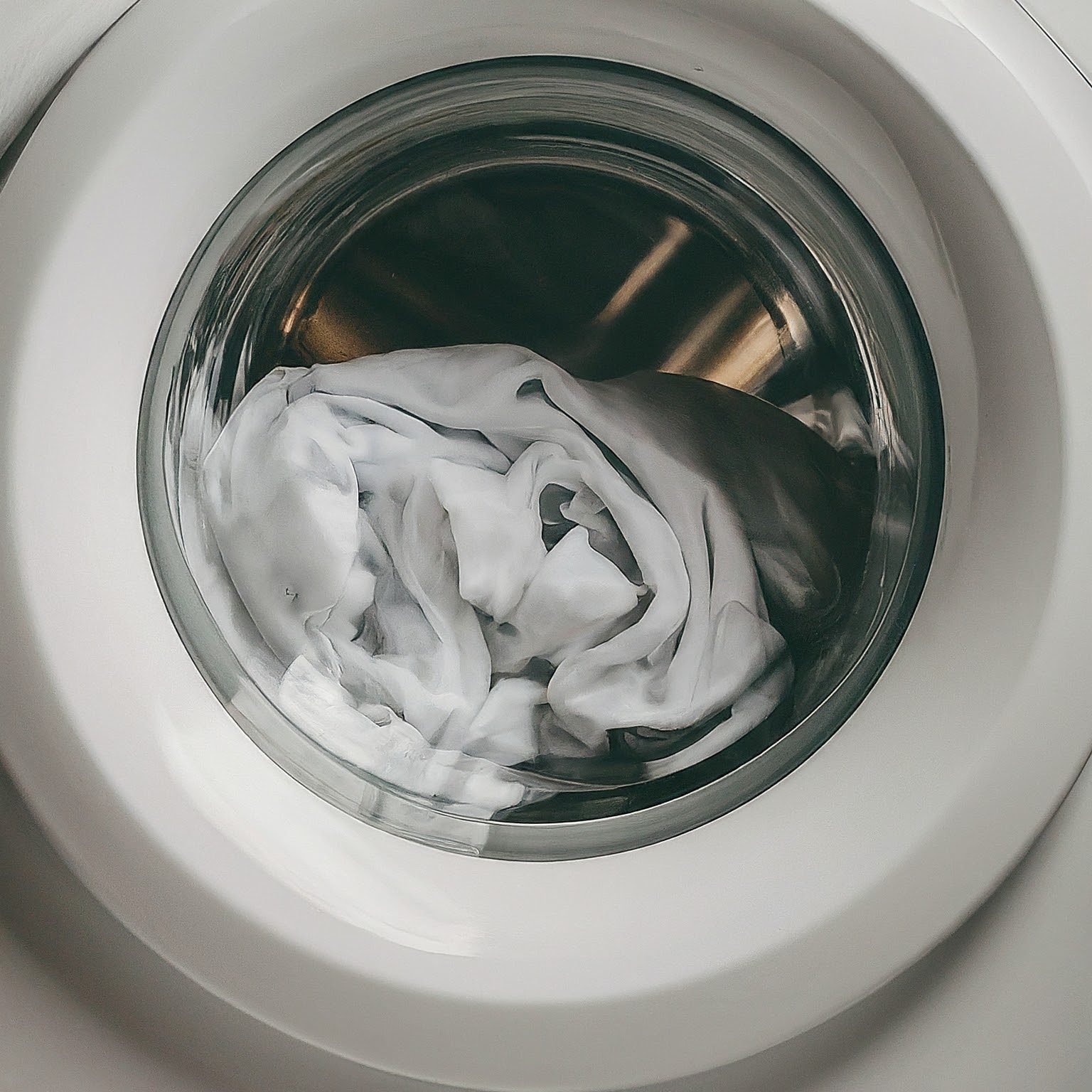
Scouring your Cellulose fibres
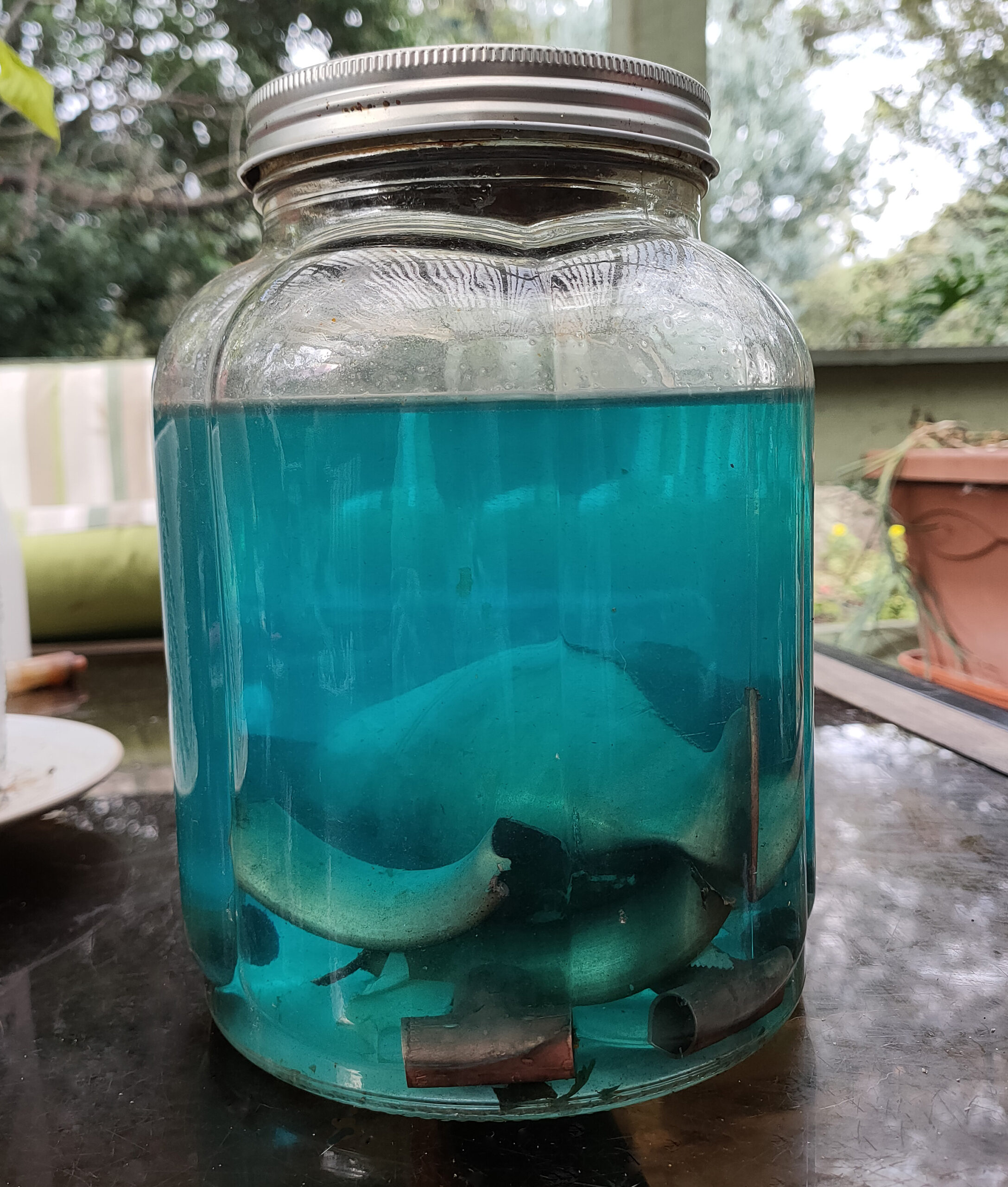
Mordanting Protein Fibres with your own Copper Mordant
Natural Dyes From the Kitchen
In these posts we look at a few natural dye sources that you can find in your own kitchen! I have shown pictures of the results from each post, which may not be the prettiest pictures, but will give you a quick view of colours that you may be wanting to achieve. Please refer to the original post to see how these colours then stand up to washing and sunlight.
Coffee and Tea
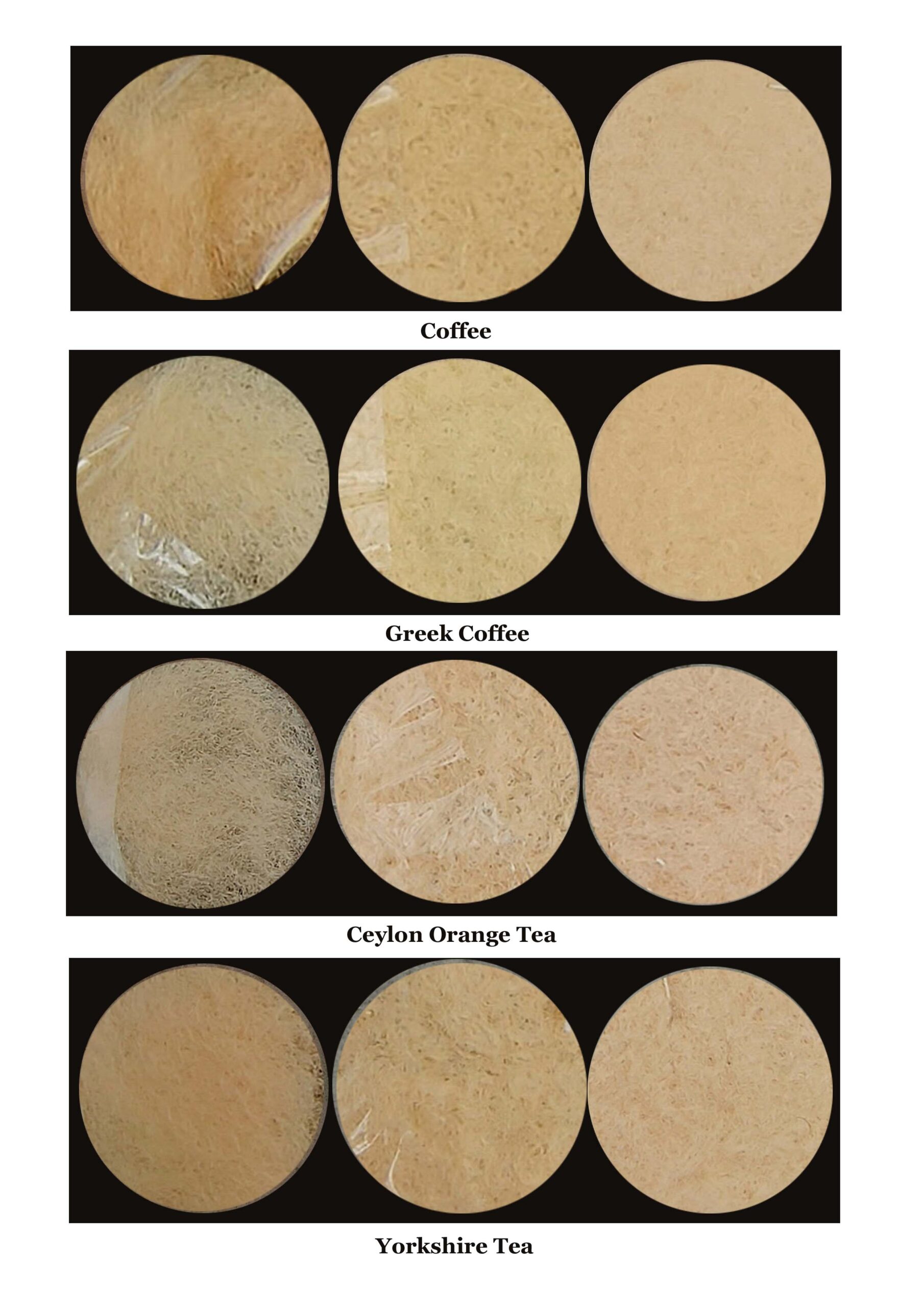
Dyeing Wool with Coffee and Tea
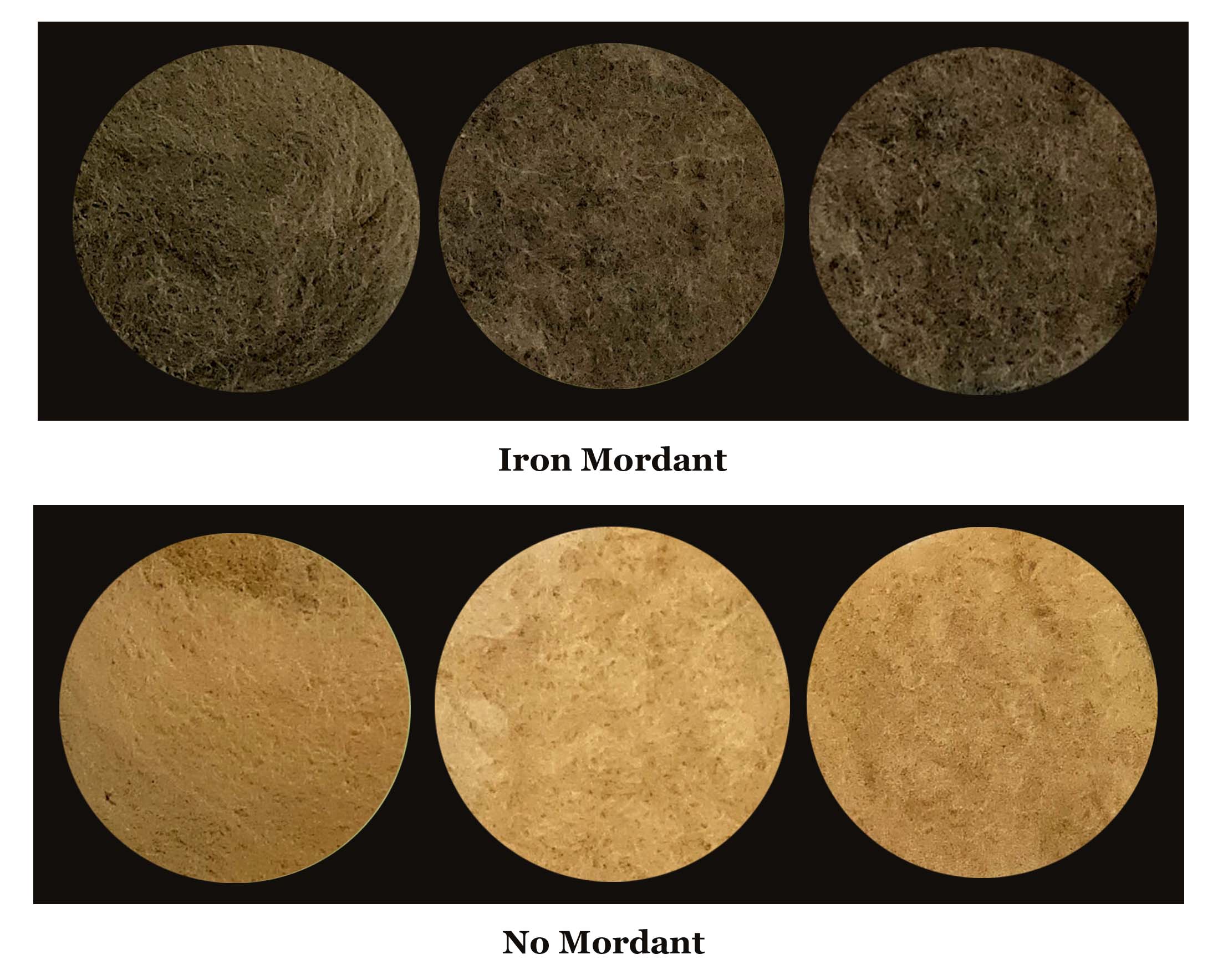
Different Mordants while naturally dyeing with Coffee on Wool
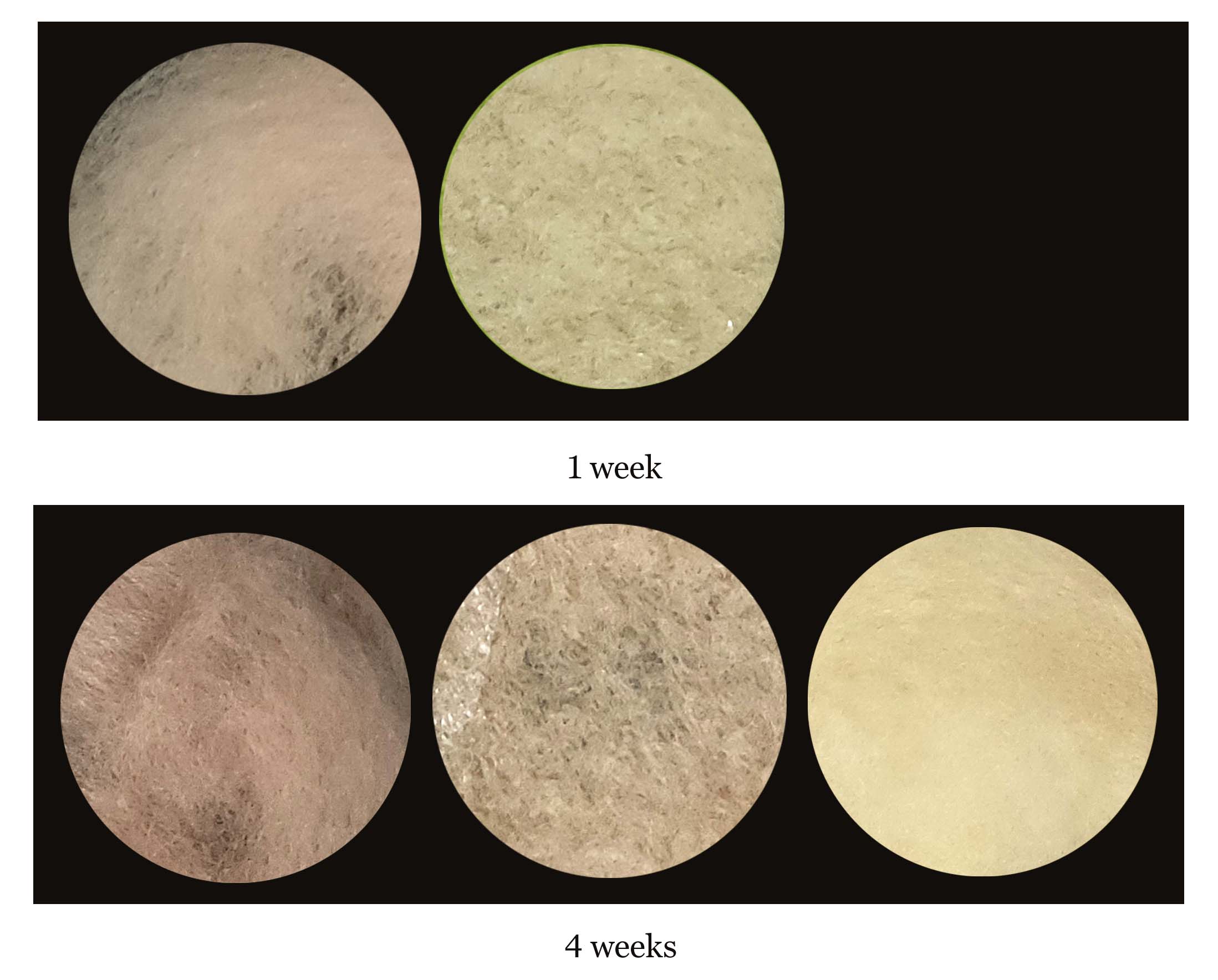
Dyeing Wool with Hibiscus Tea
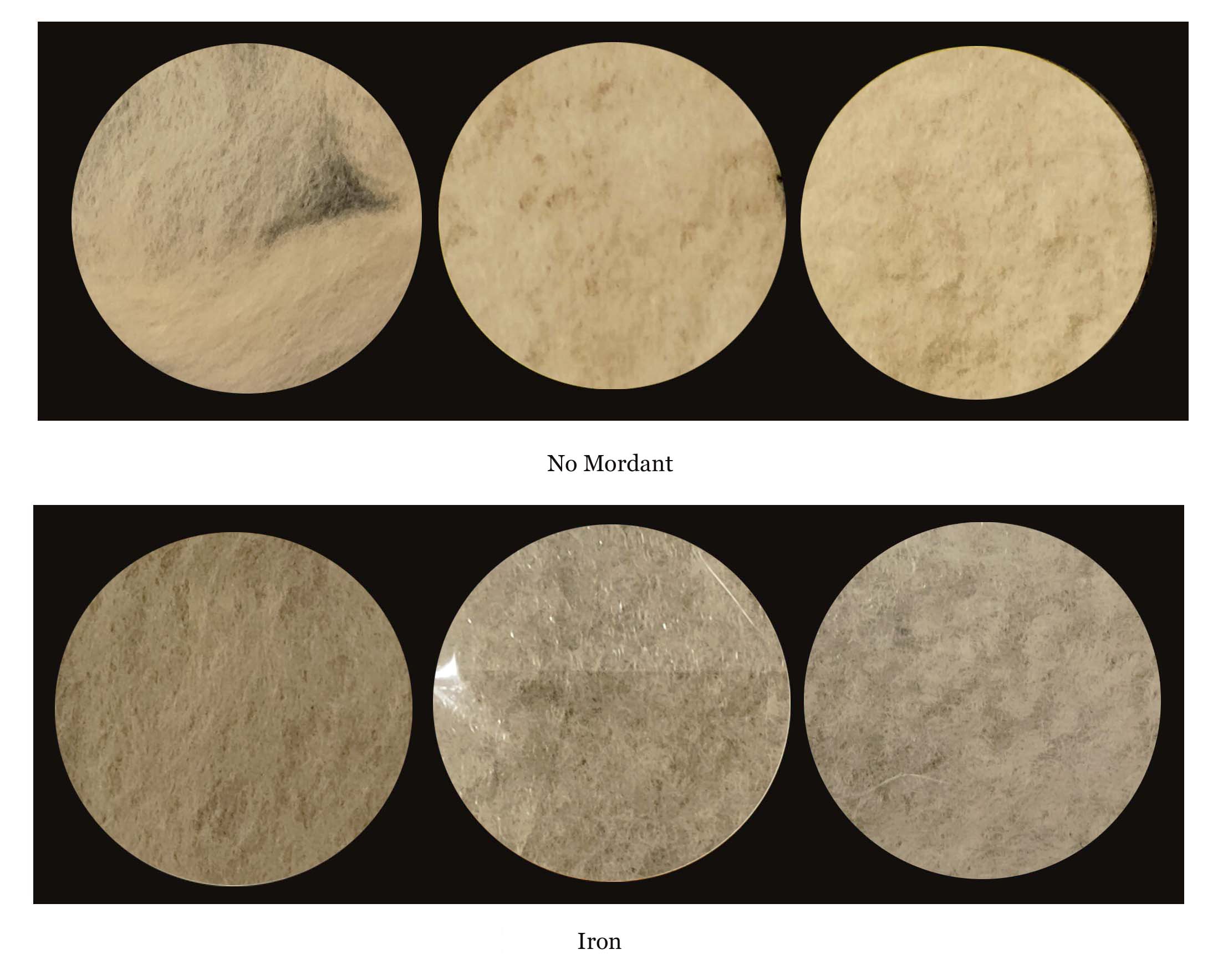
Dyeing with Tea using No Mordant and Iron
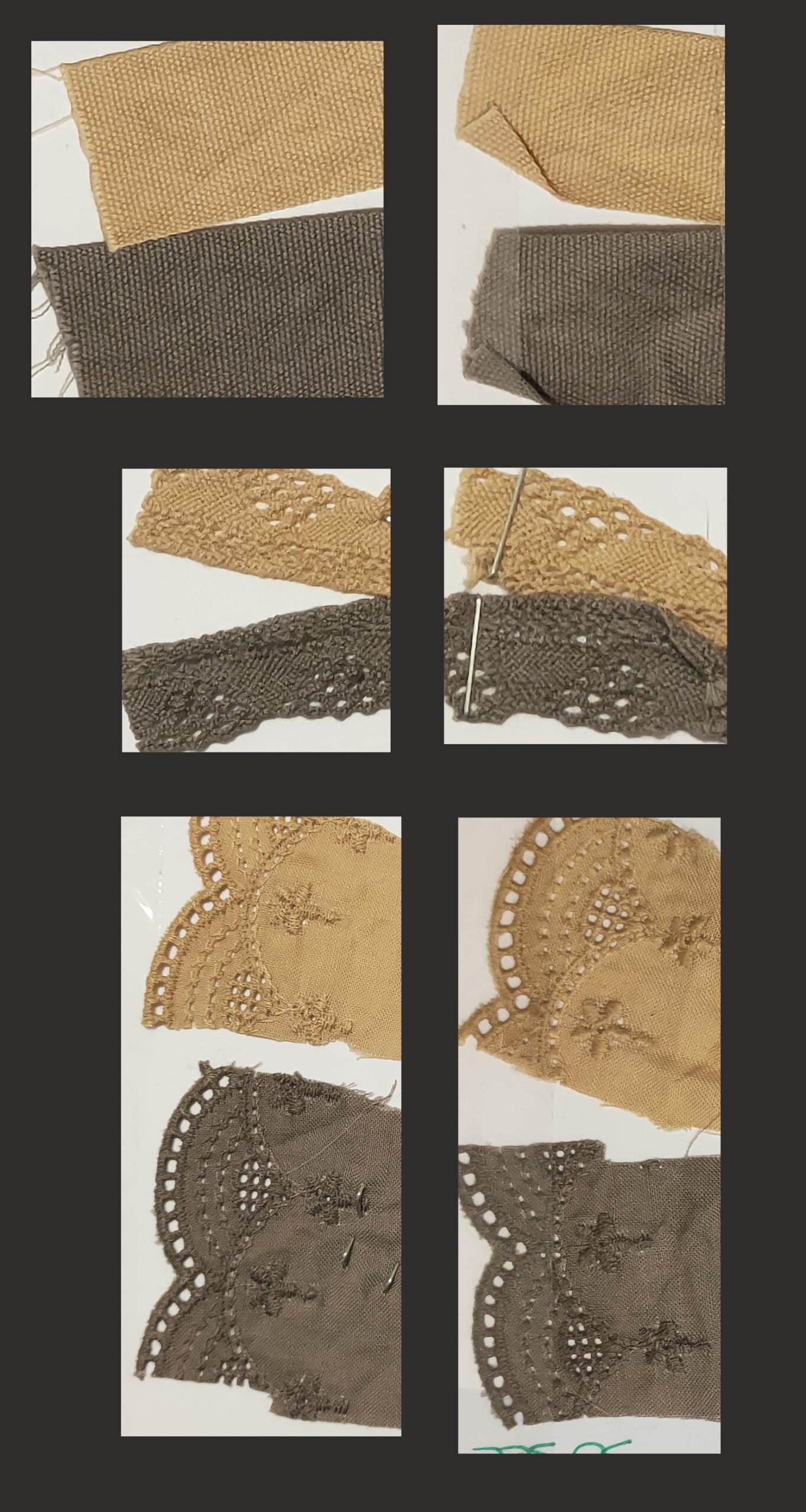
Playing with coffee
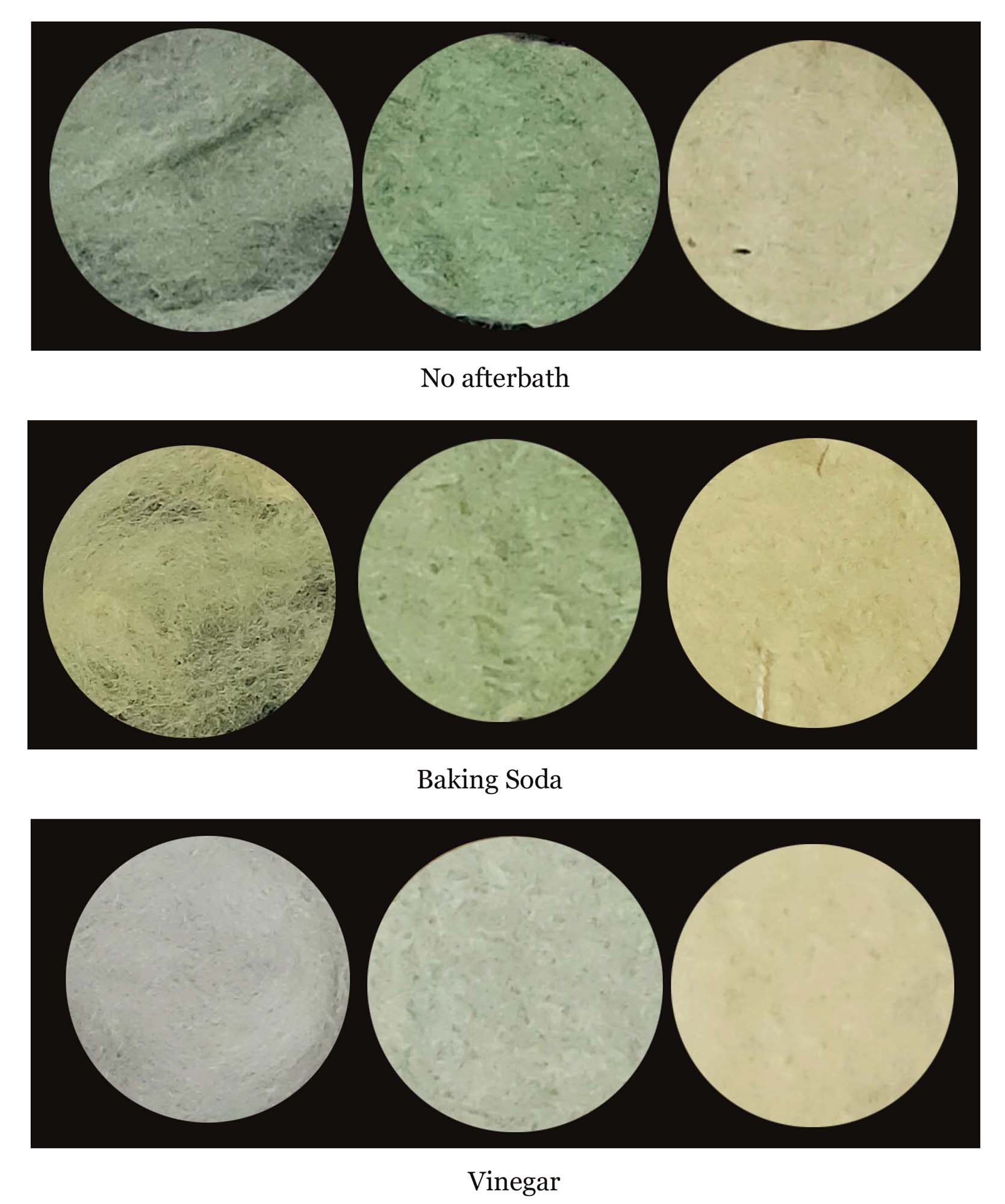
Dyeing Wool with dried Black Beans
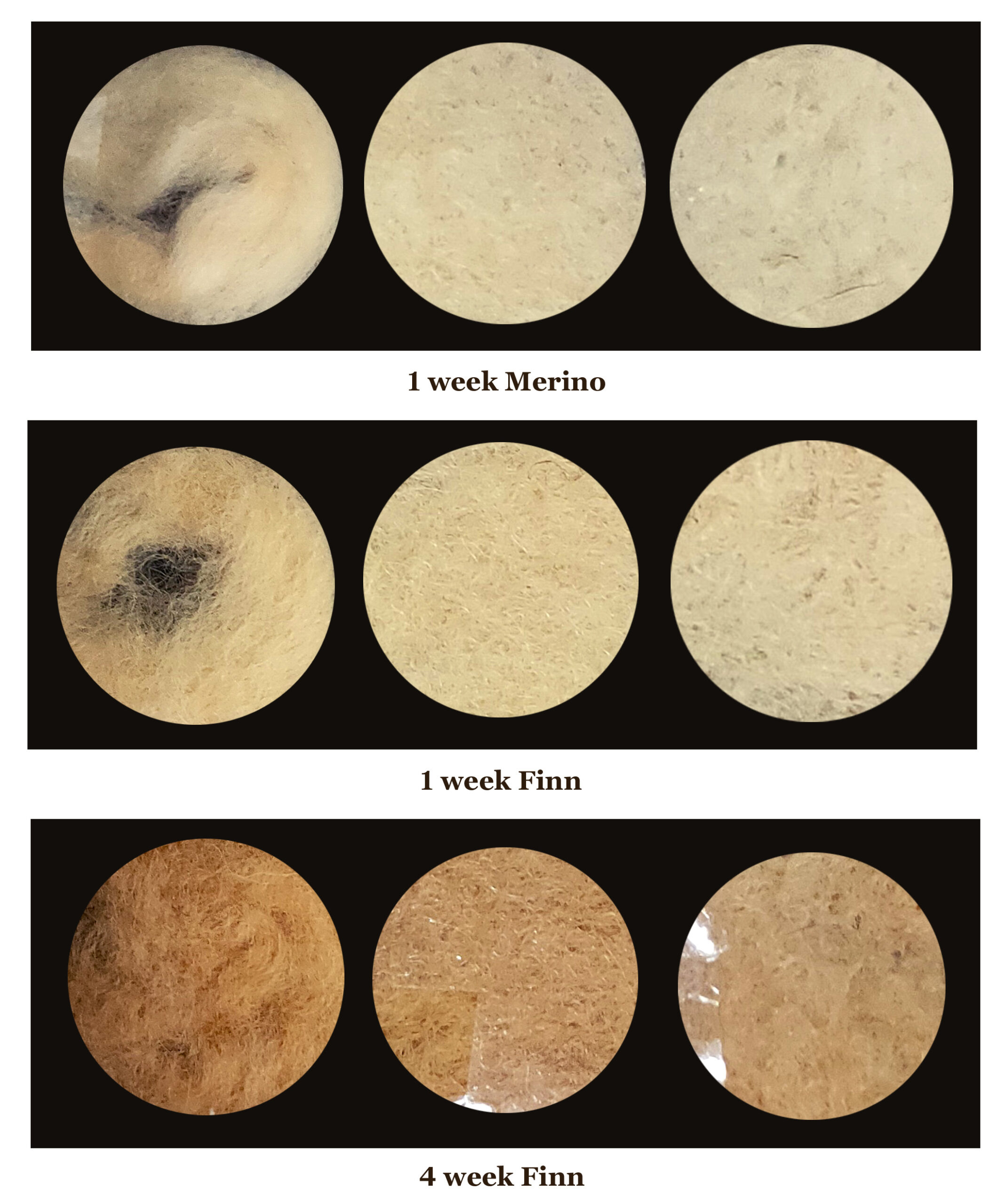
Easy Solar Dyeing with Cherry Juice
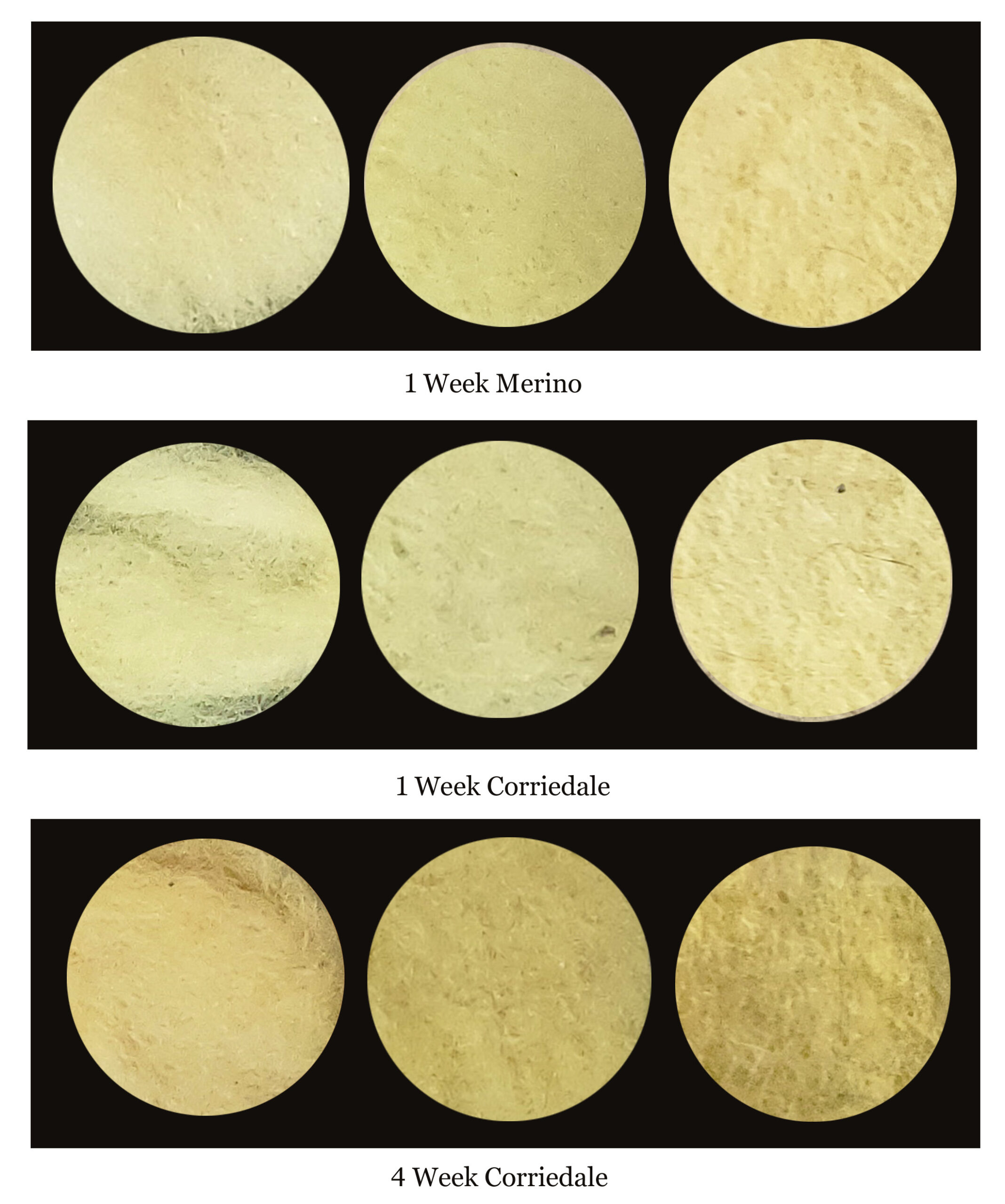
Natural Dyeing with Pomegranate Juice
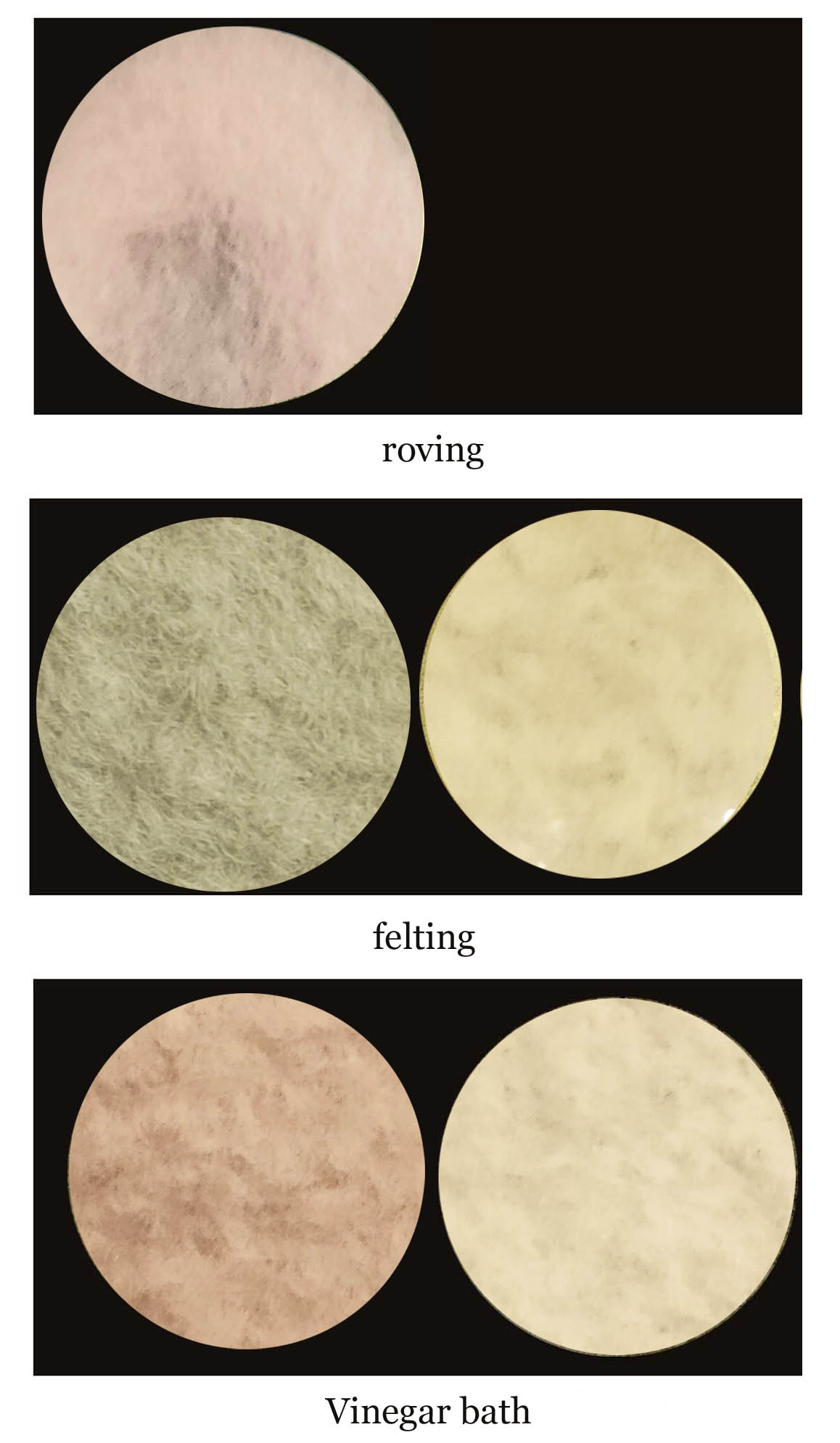
Dyeing with Blueberries straight from your freezer
Natural Dyes From the World Around
Living in the Blue Mountains of sunny Australia, there is inspiration all around. Our eucalyptus trees come in a variety of bark colours and our natural flowers are vibrant and full of colour. Even if you don’t live in Australia, I hope these posts can inspire and help you to find your own sources of colour in the world around you. Remember natural dyes can be found anywhere.
Wattle Trees
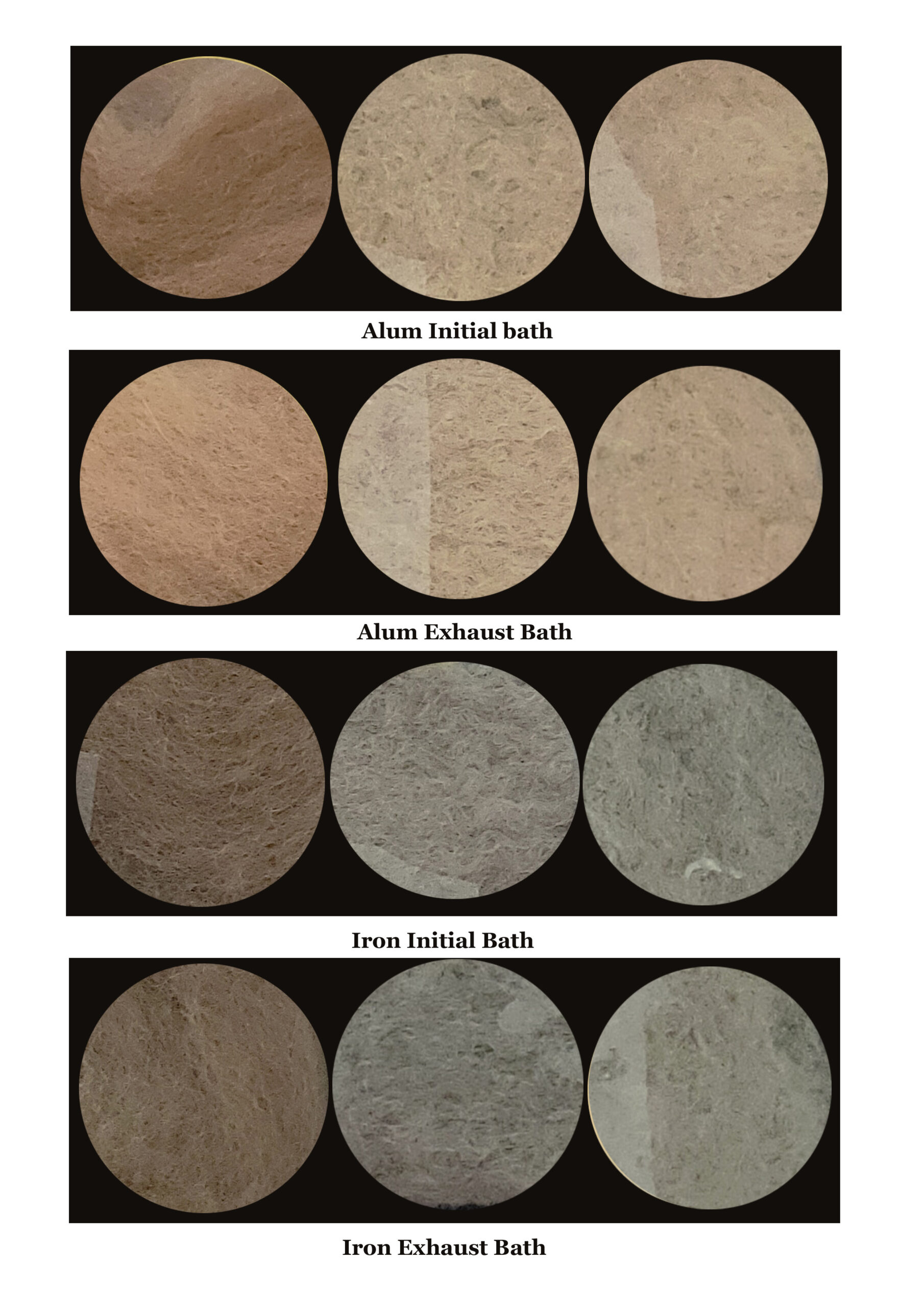
Solar dyeing with Wattle tree twigs
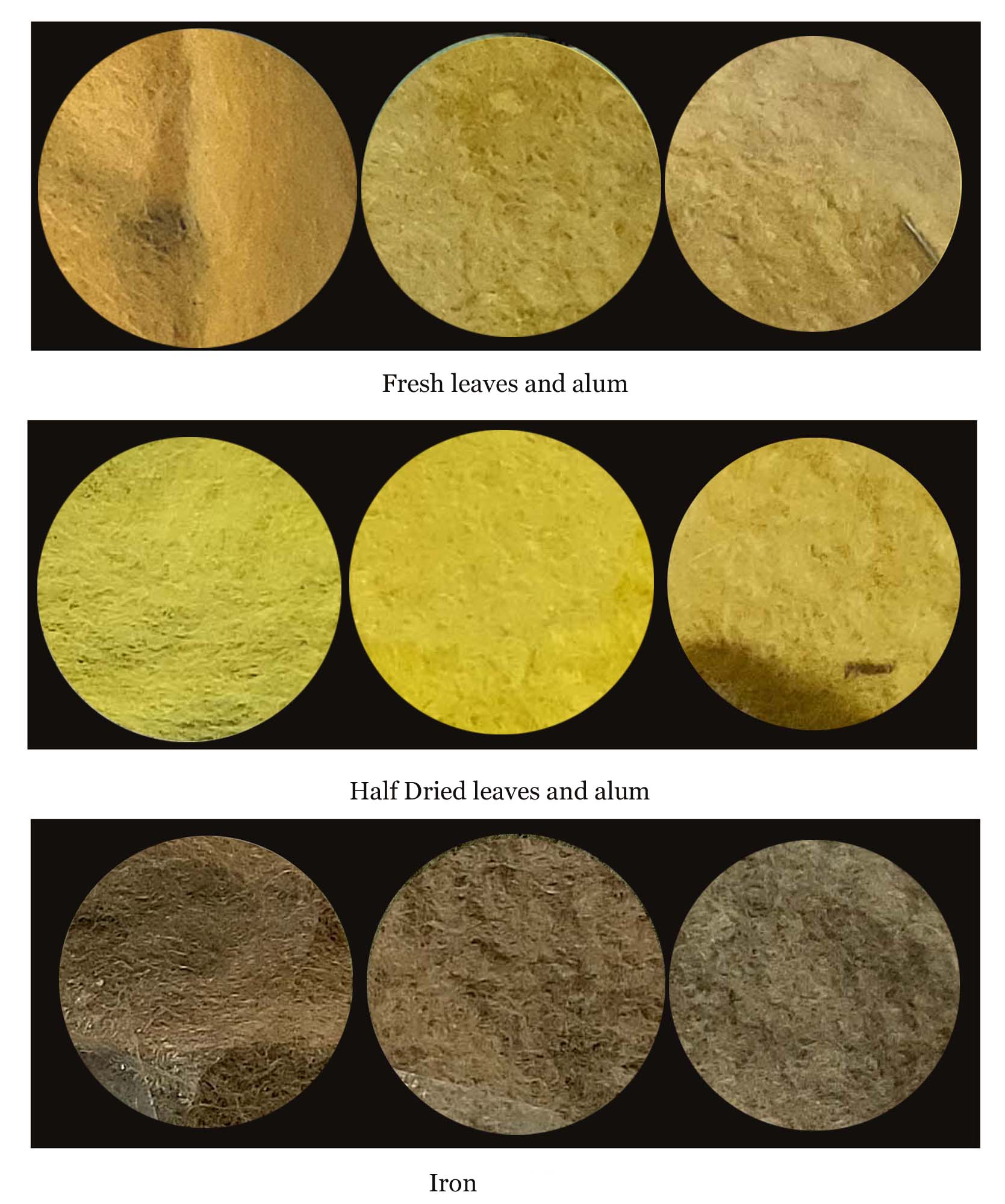
Using an Additive with Wattle Leaves
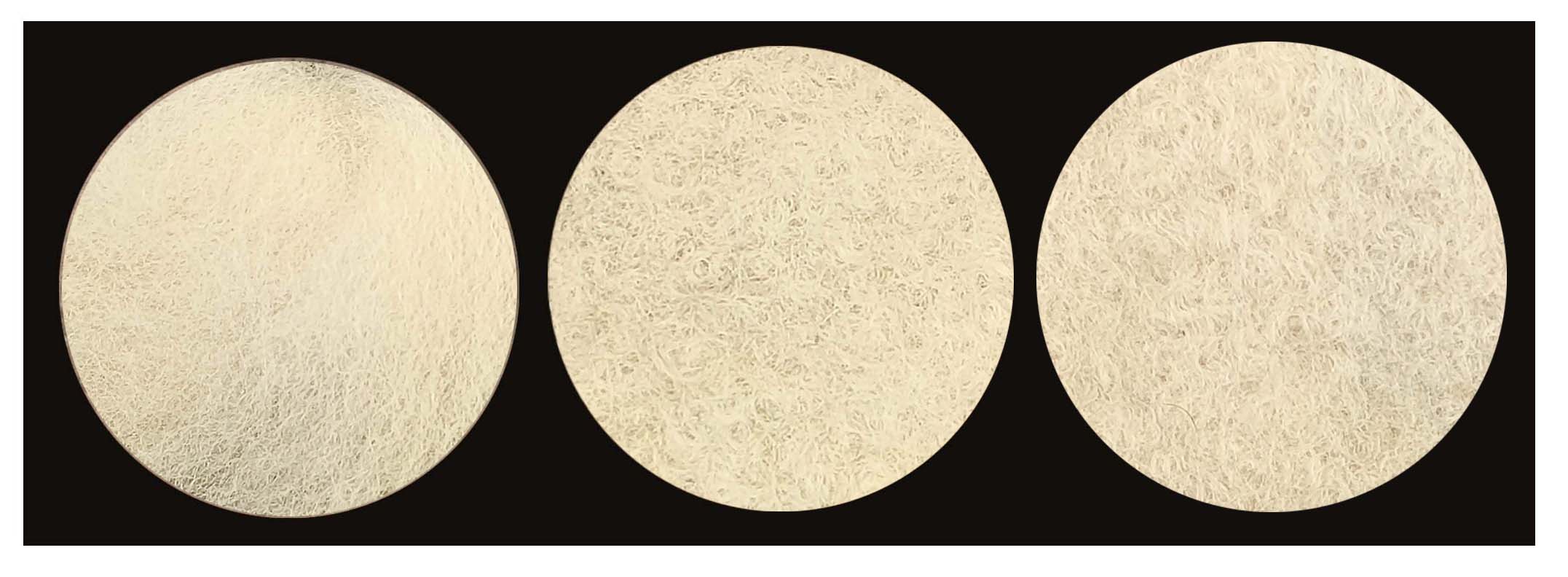
Dyeing with Walnut husks
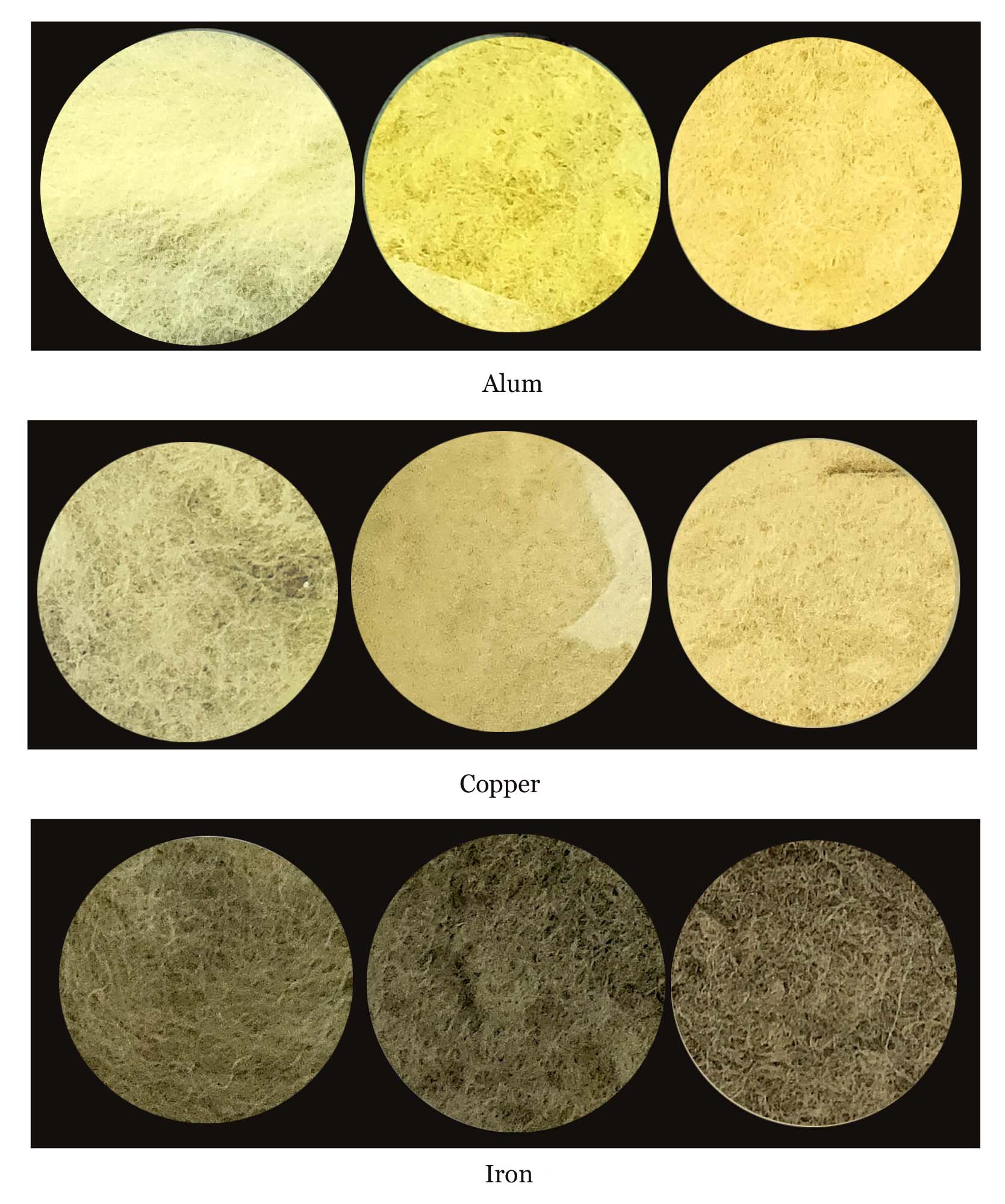
Eucalyptus Leaves
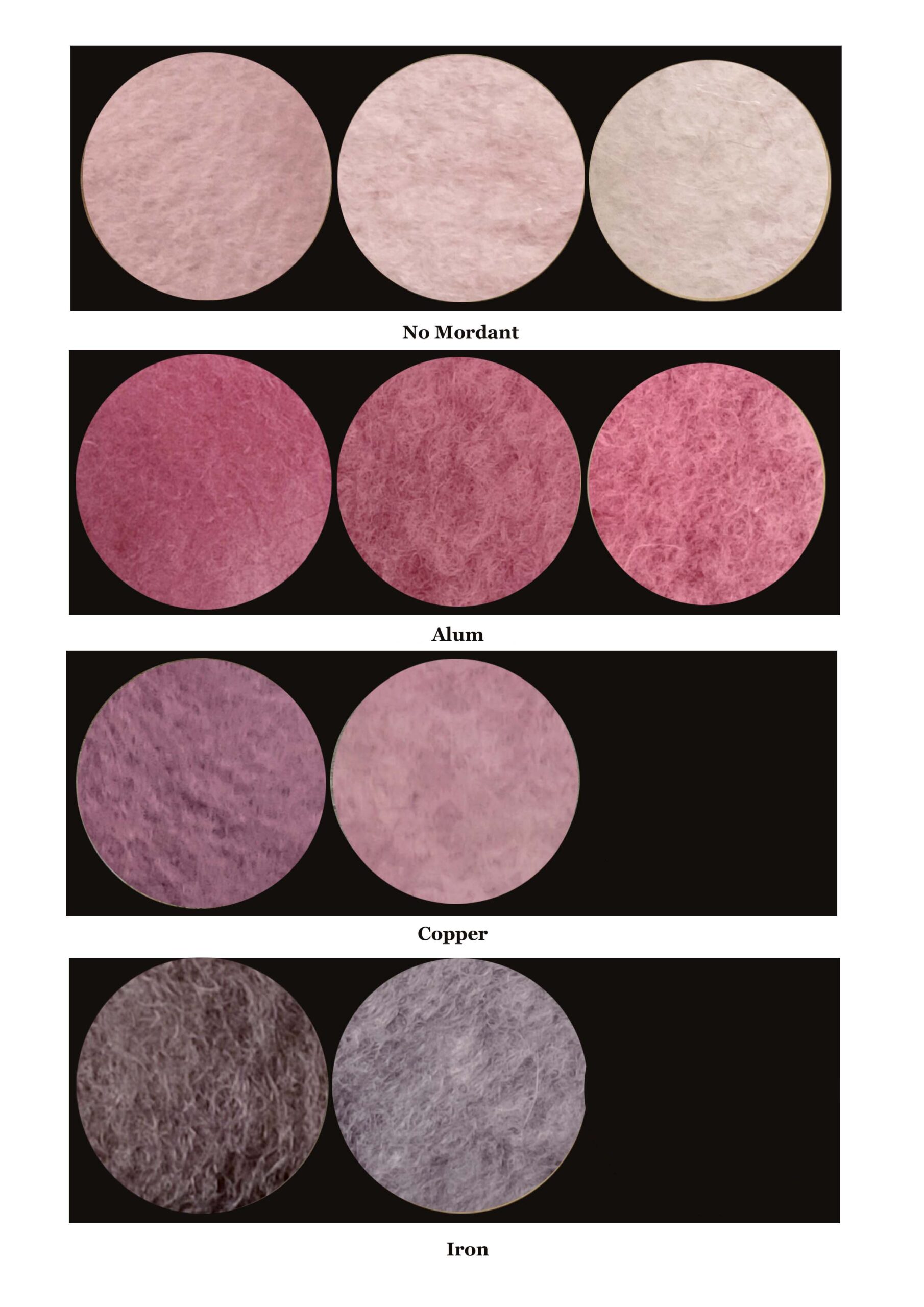
Dyeing with Lac
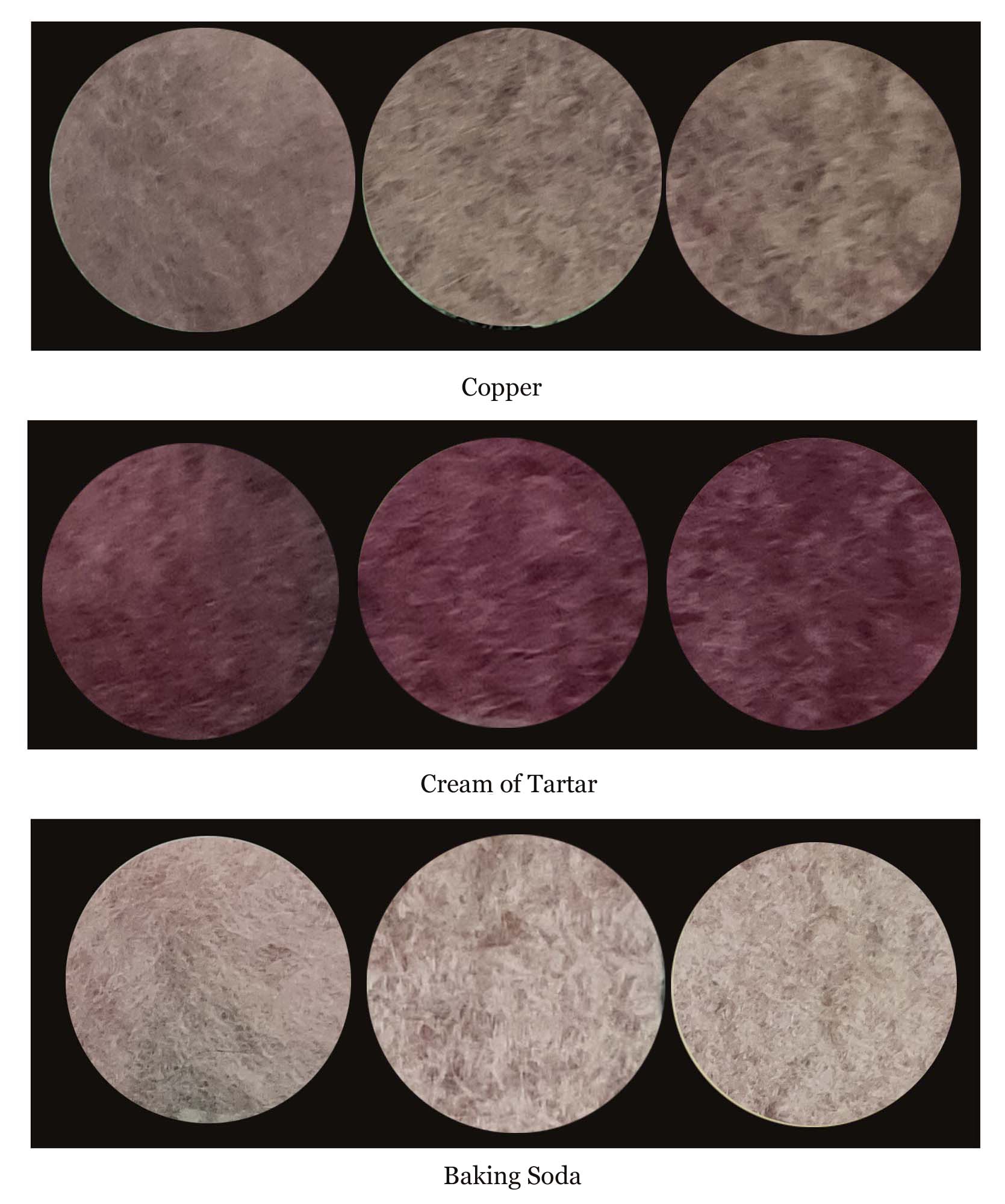
Dyeing with Lac using additives and mordants
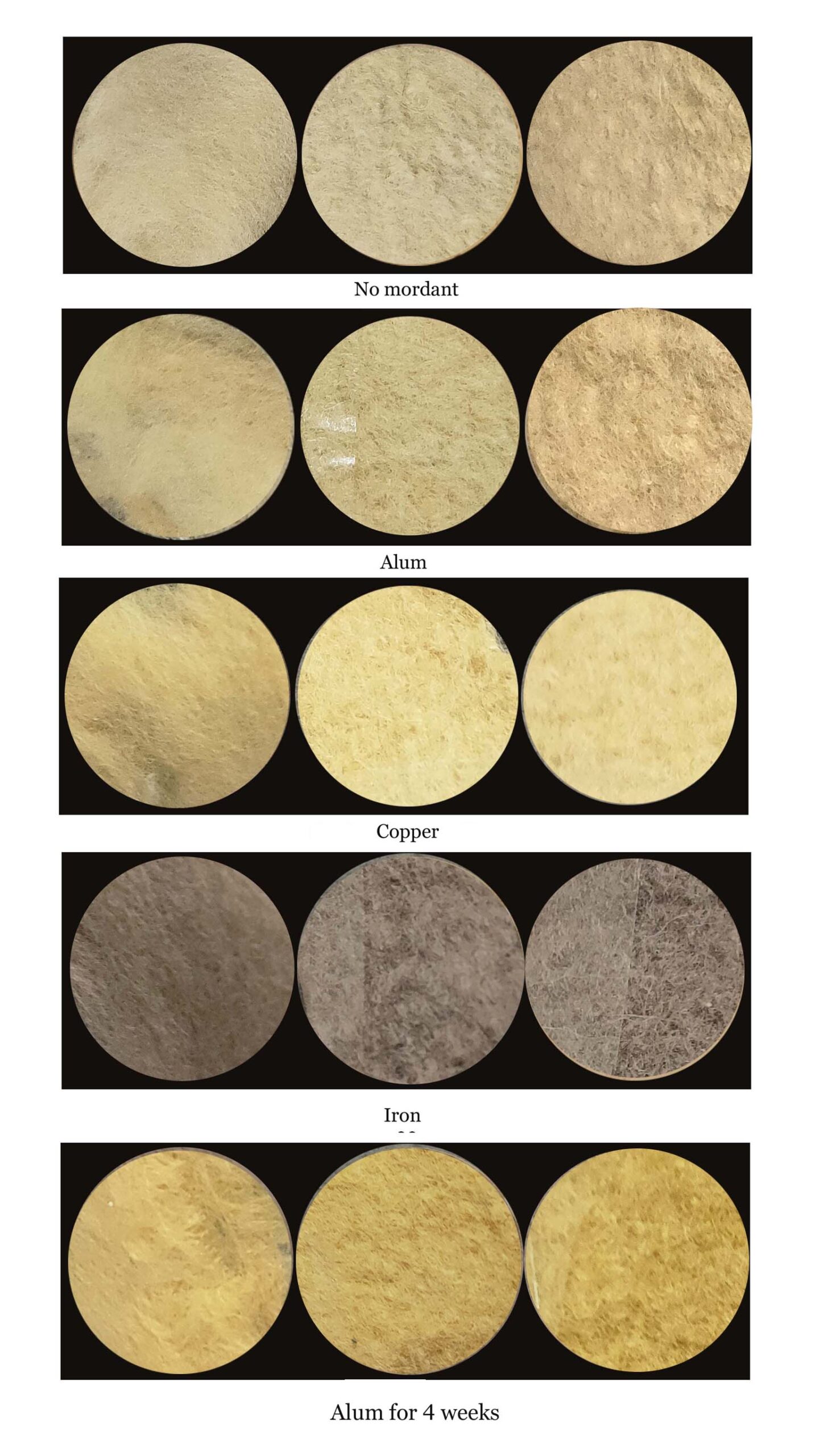
Dyeing with Gum Tree Bark
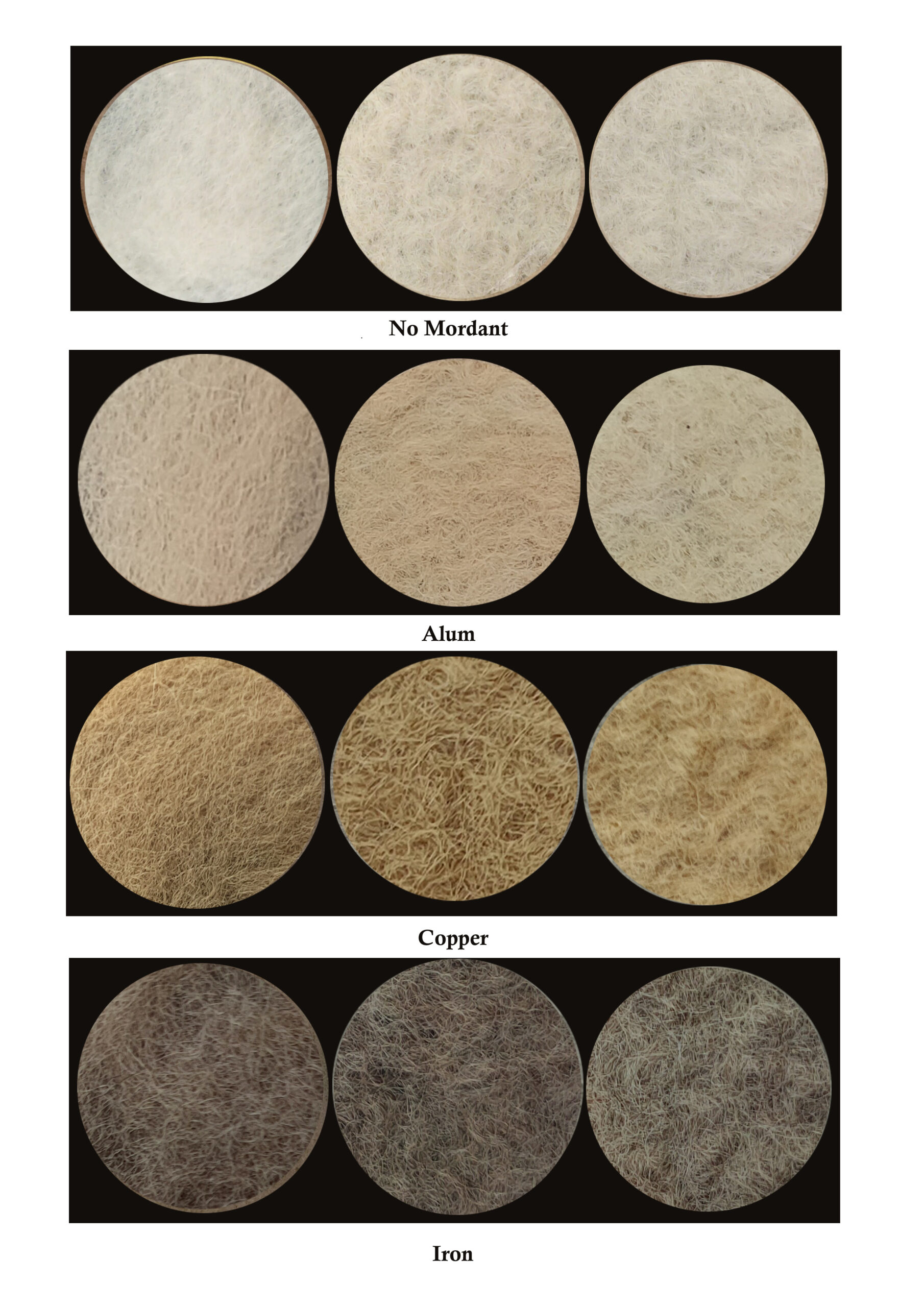
Dyeing with Oak
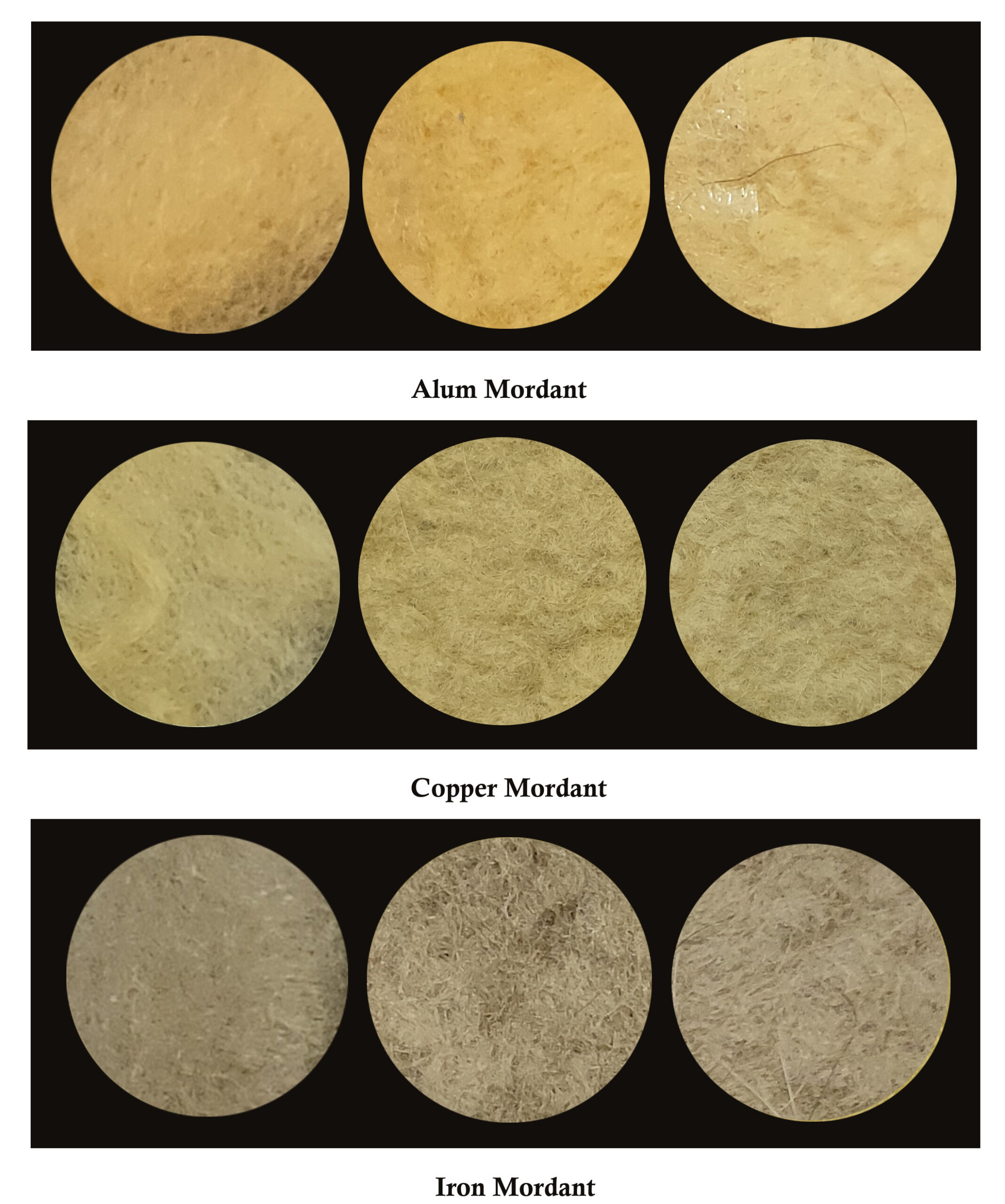
Dyeing with Henna
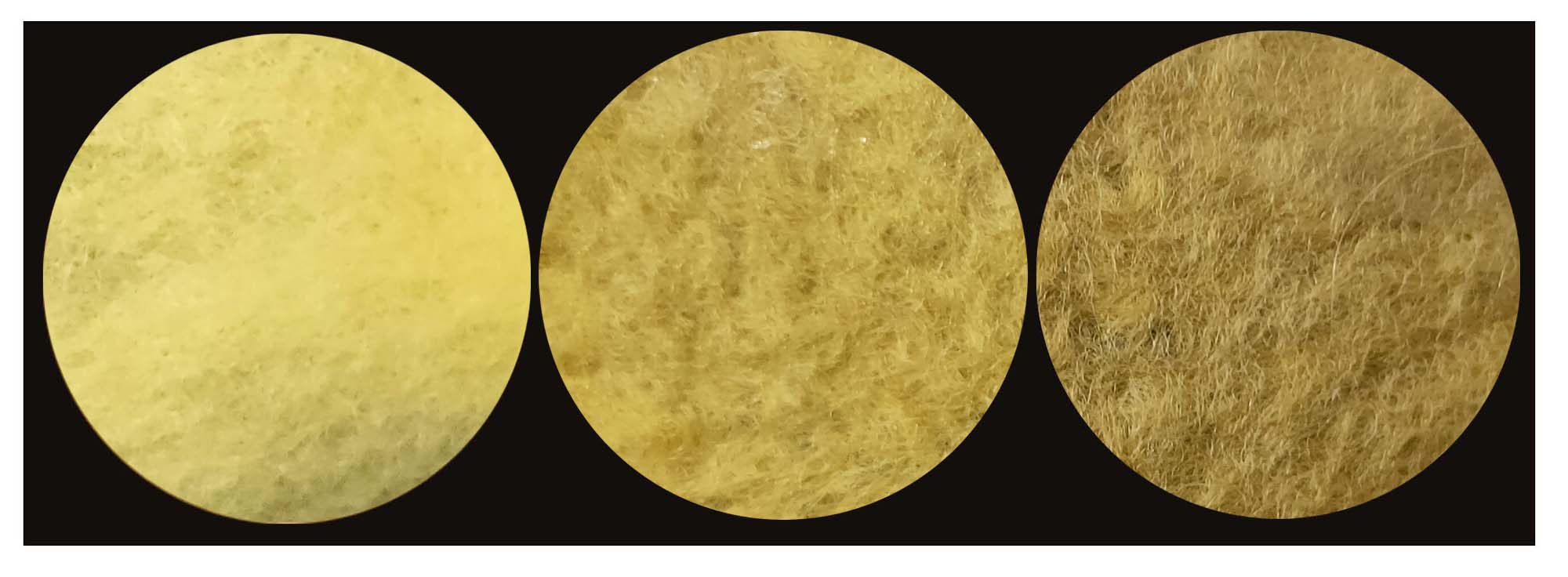
Dyeing with Watergum Leaves
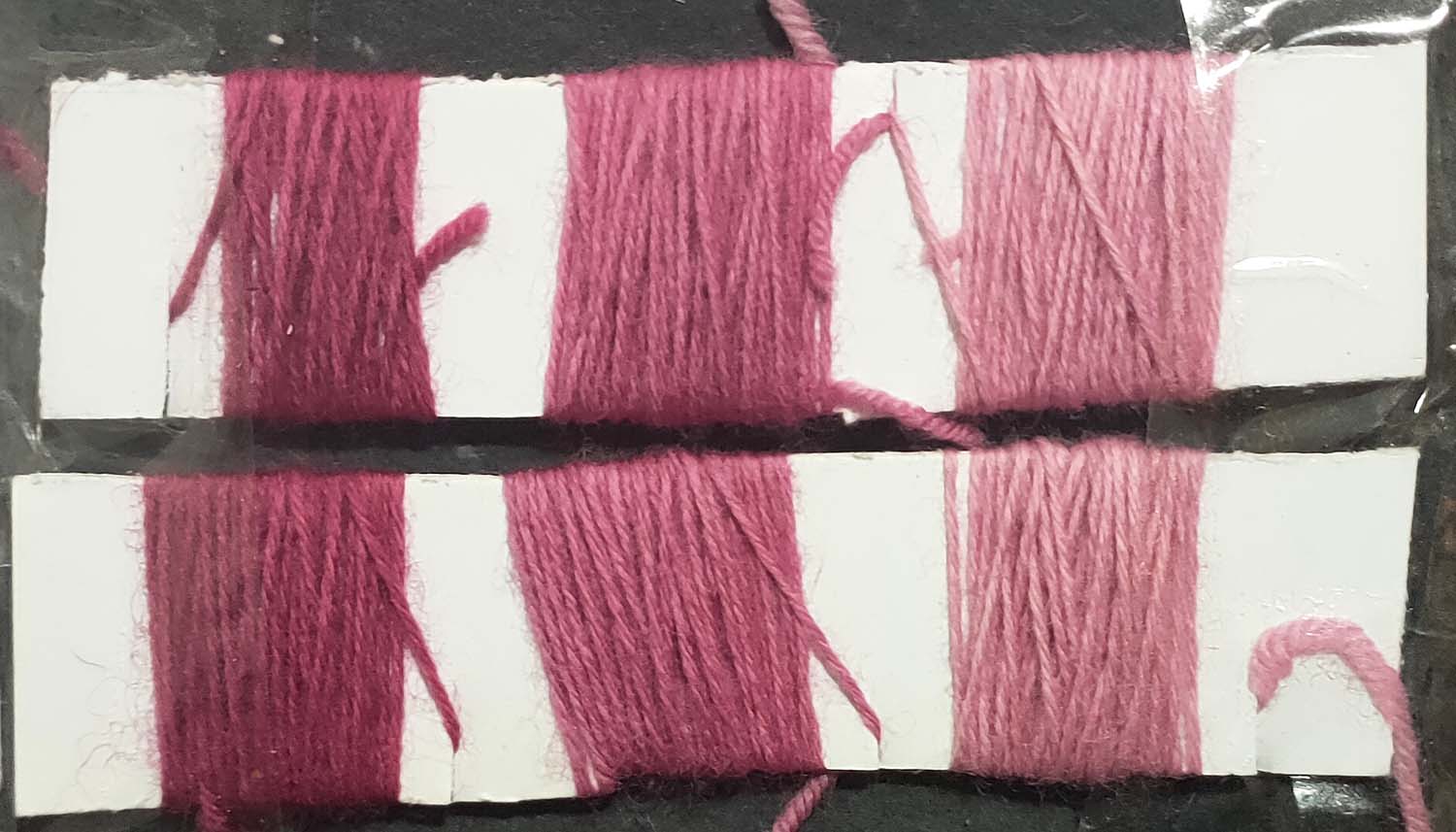
Dyeing with Cochineal
Natural Dyes From the Veggie Patch
For those that like to grow there own food, there is a wealth of dye material on hand. Unfortunately growing vegetables is virtually impossible where I live. It basically creates open warfare between myself and the possums, which I really don’t want in my life. Instead I buy my veg from the fresh food markets allowing for no hostilities in the backyard. I am then privileged enough to be introduced to the new young possums each spring, so basically it is a win win situation.
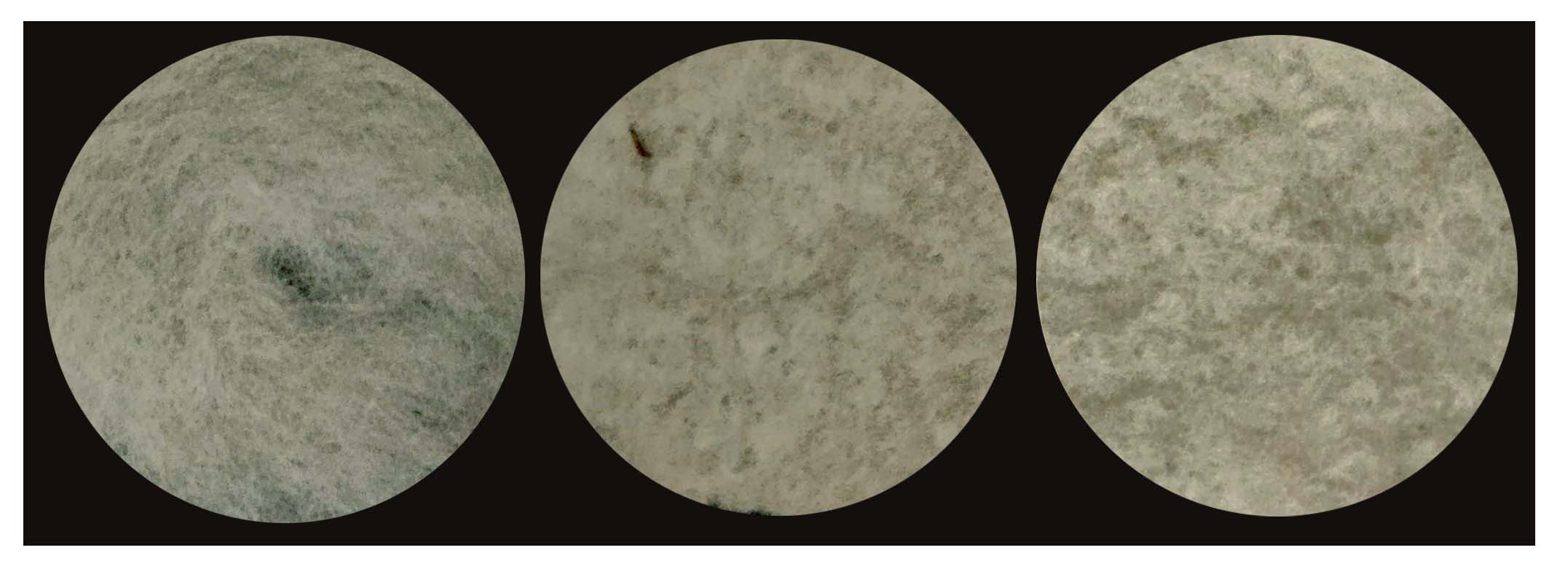
Dyeing Iron Wool with Carrot Tops
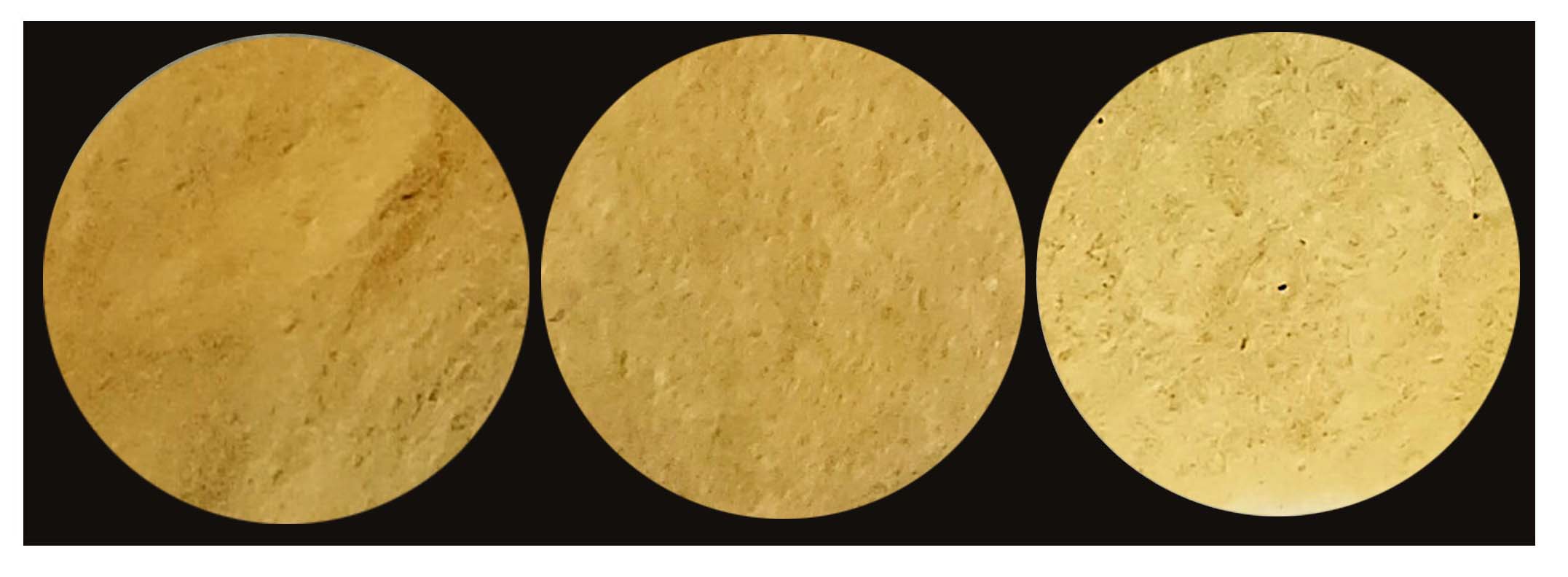
Solar dyeing with Beetroot
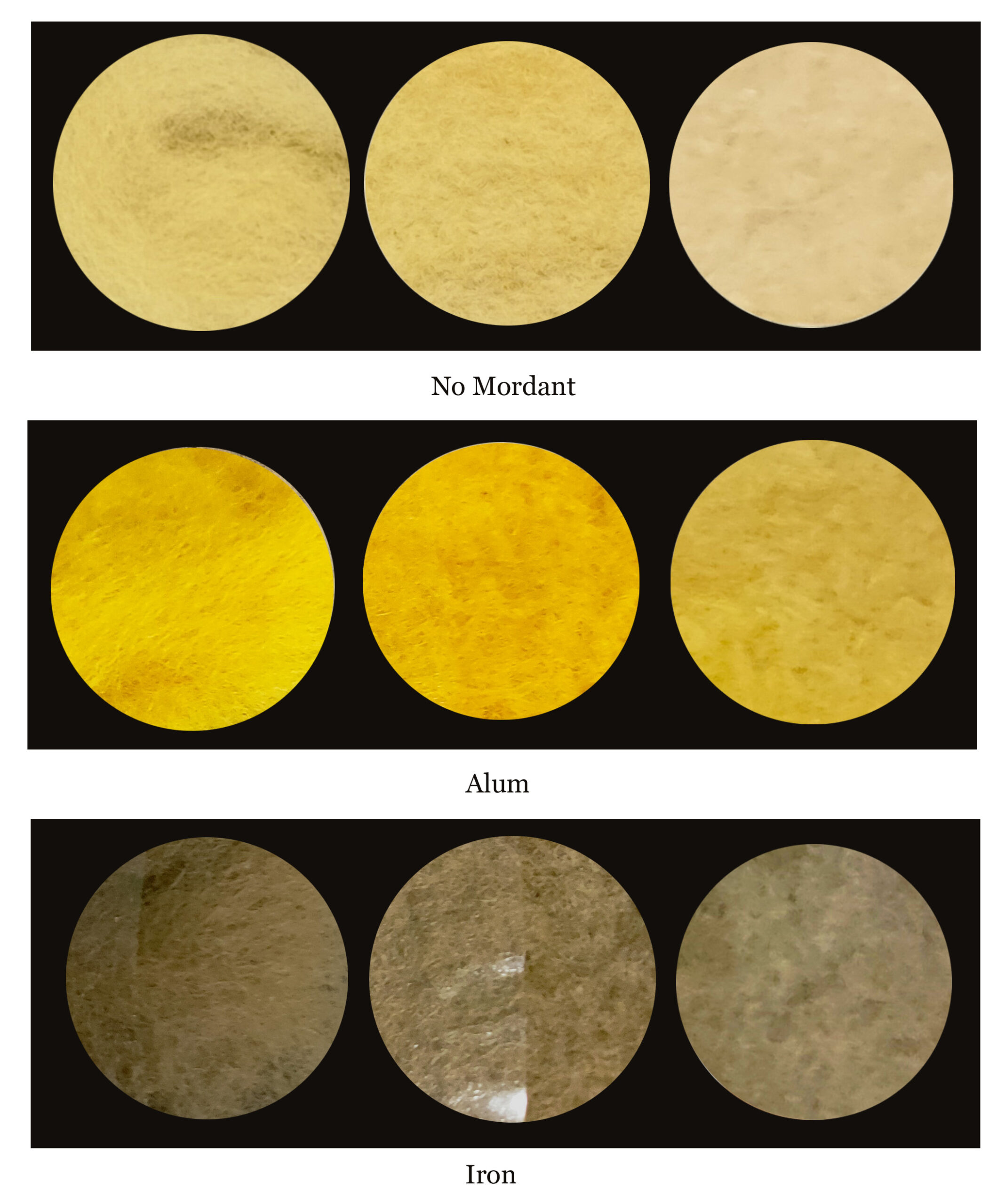
Dyeing with Brown Onions- A great place to start
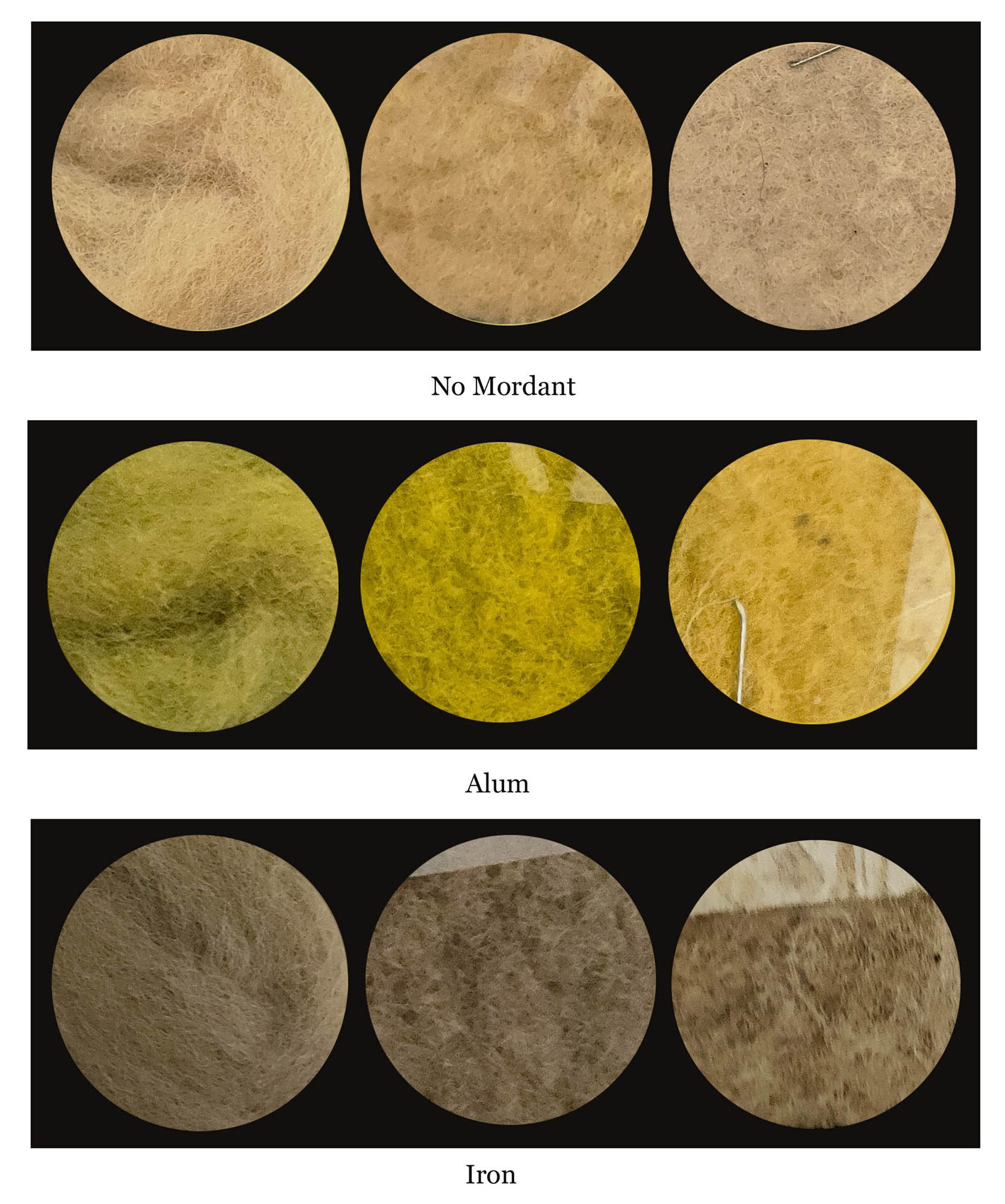
Solar dyeing with Red Onion Skins
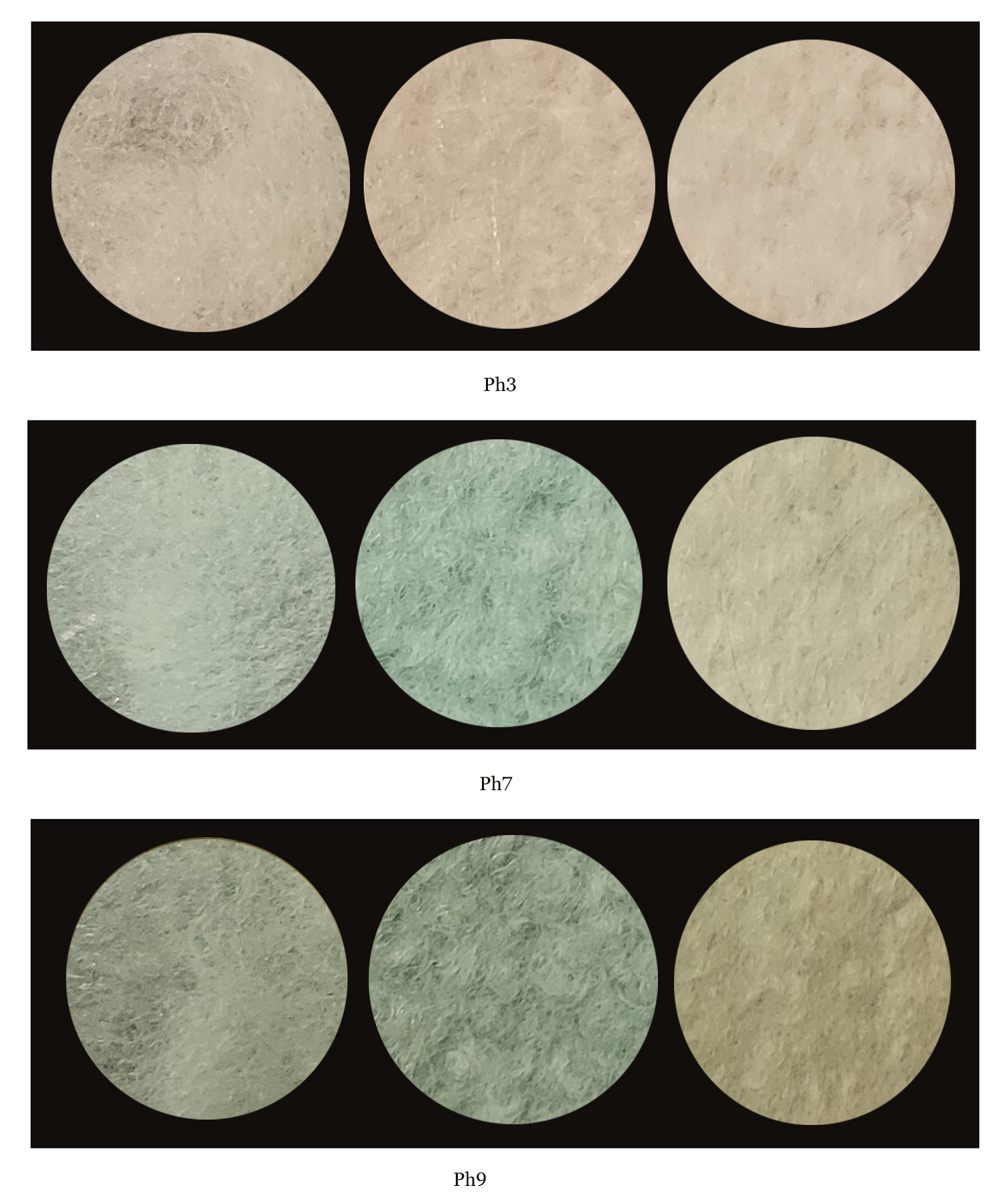
Dyeing with Red Cabbage
Natural Dyes From the Garden
The garden is such an inspiration for colour and beauty no matter what type of art or craft you love. In these post we look at how flowers can quite often give good and surprising results to our dyeing experience.
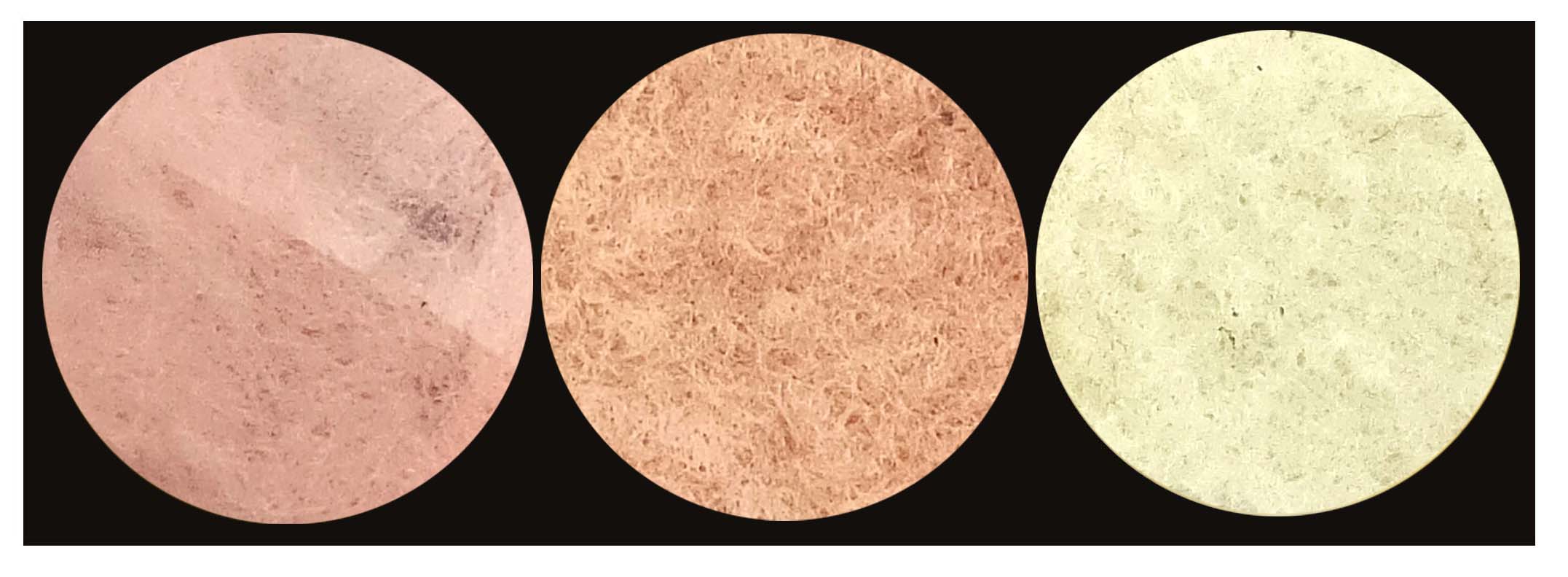
Dyeing with Orchid Cacti flowers
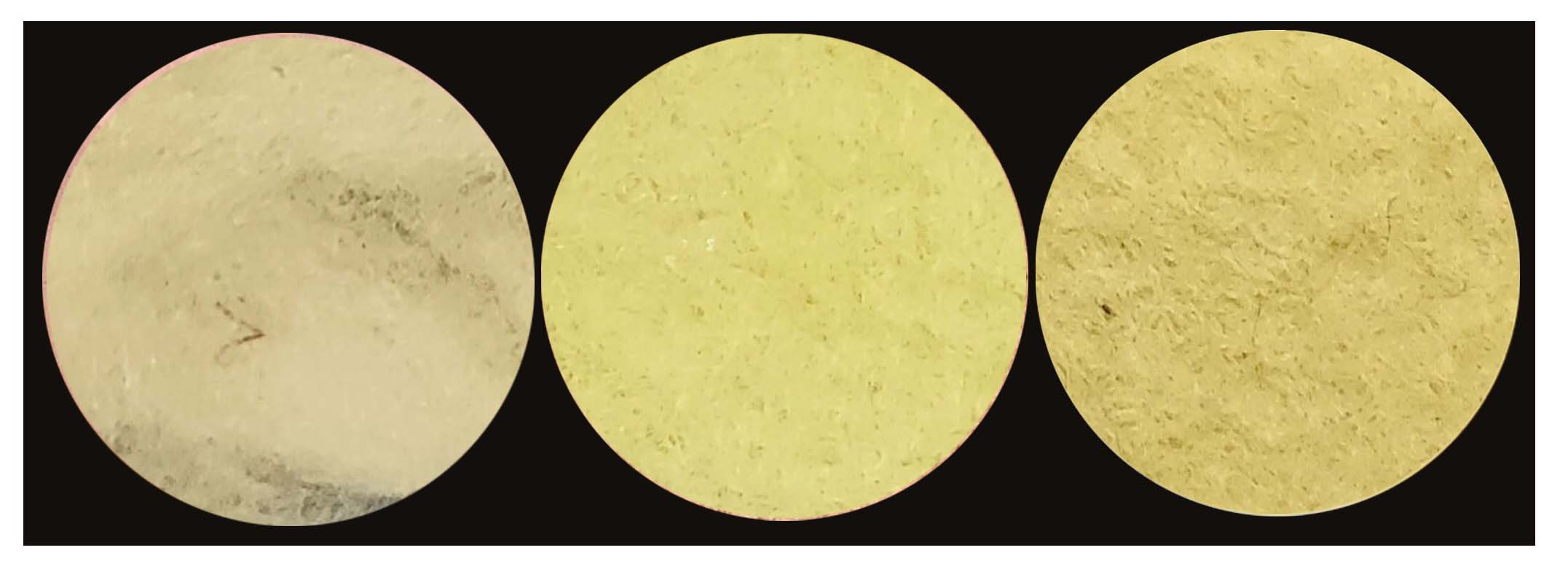
Dyeing Wool with Zebrinas
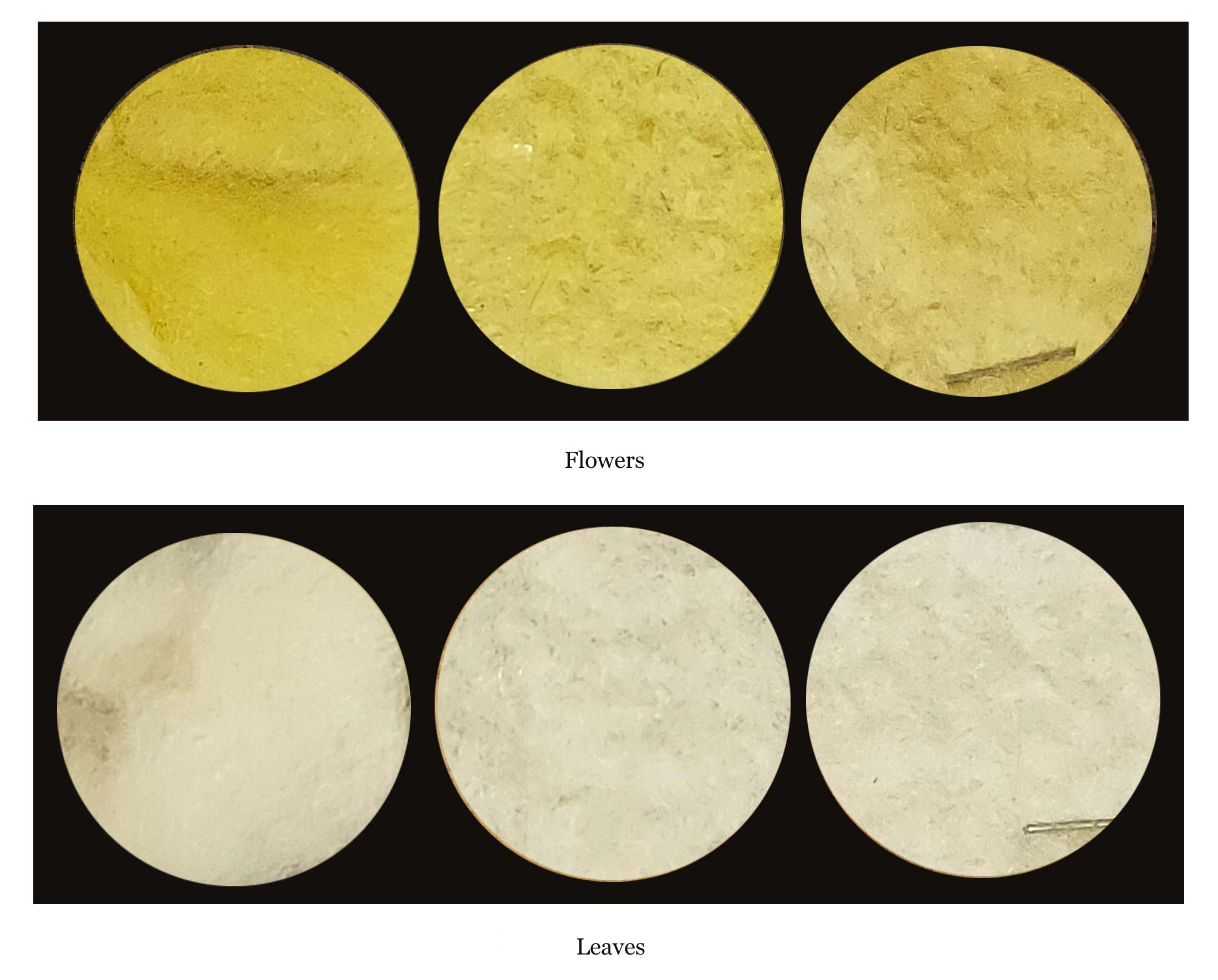
Lilly Pilly’s
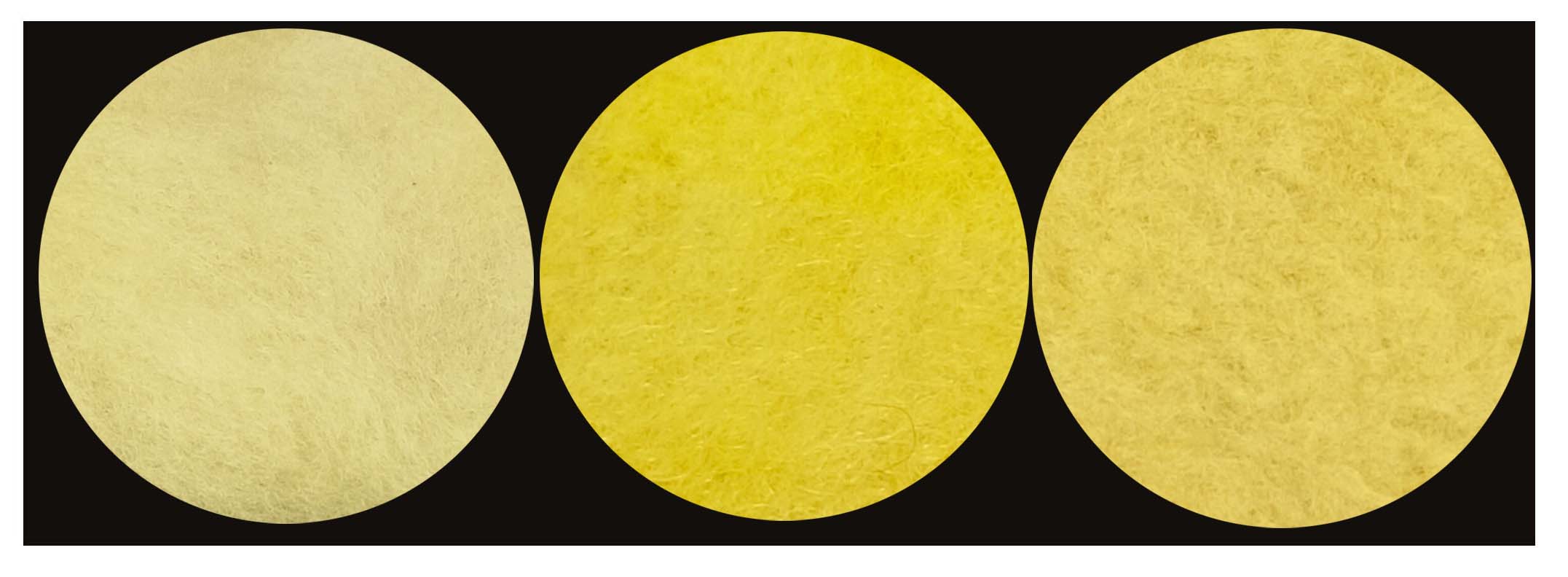
Solar Dyeing with Leucadendron
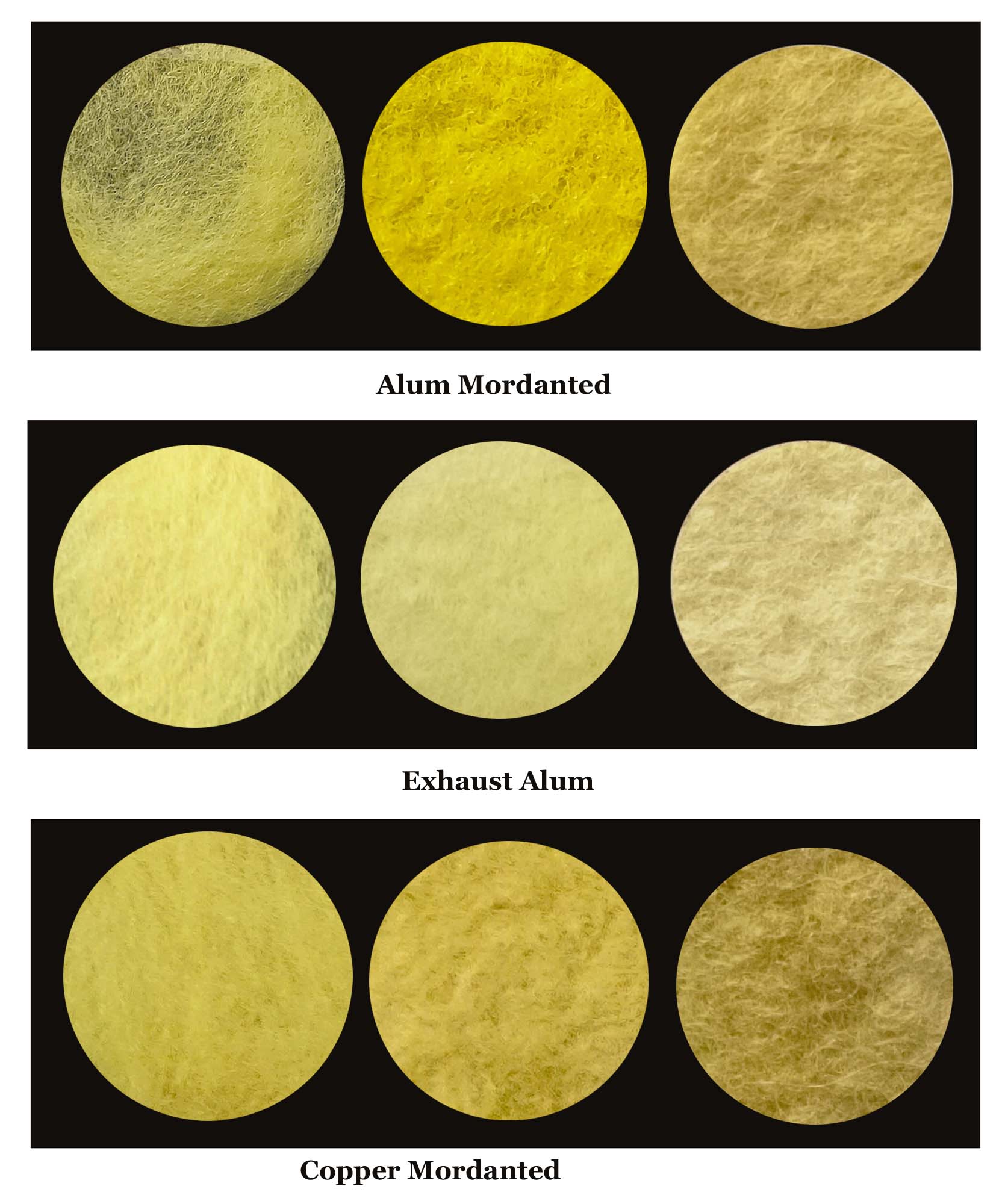
Dyeing with Marigolds

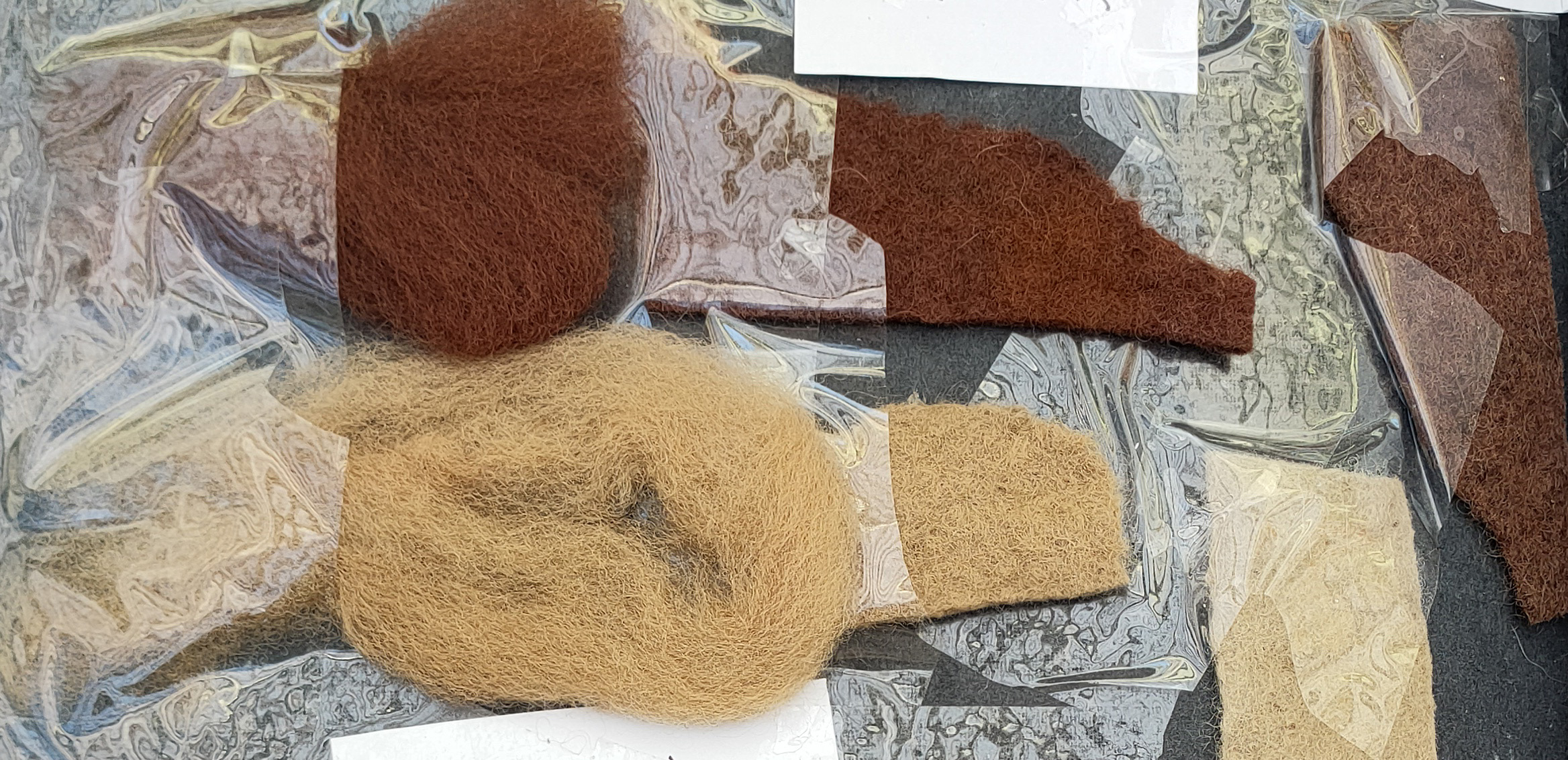
Coreopsis
Indigo
During the last 12 months there have been 2 posts on indigo. In neither have I actually looked at the process I use for indigo dyeing as there are so many different ways to do this and the process is quite complicated. Maybe in the next few months I will do a run down of my process. In the posts we have looked at different mordanting process while dyeing with cotton as well as some different colour combinations. The links are below as well as pictures of the colours we have achieved.
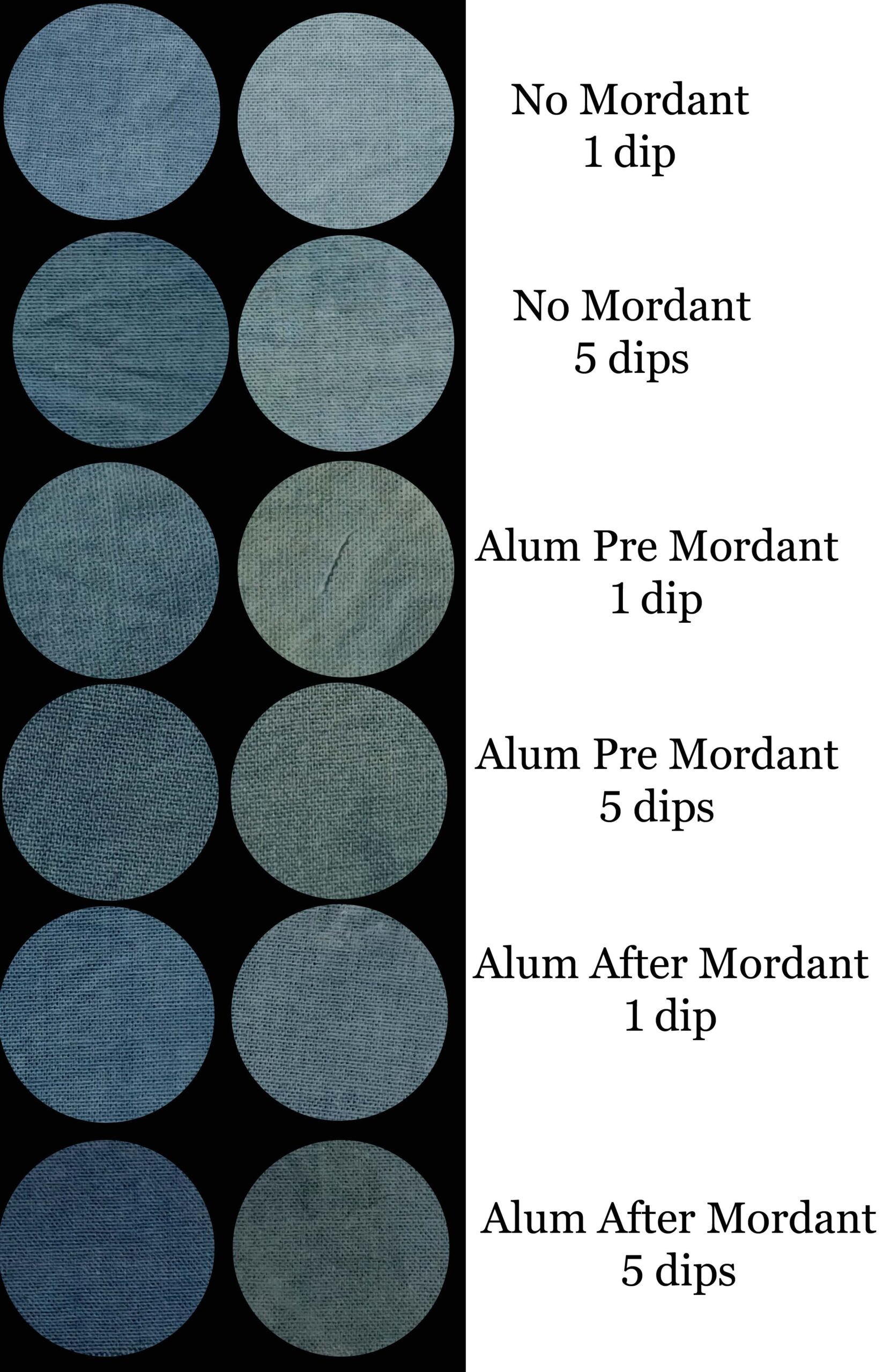
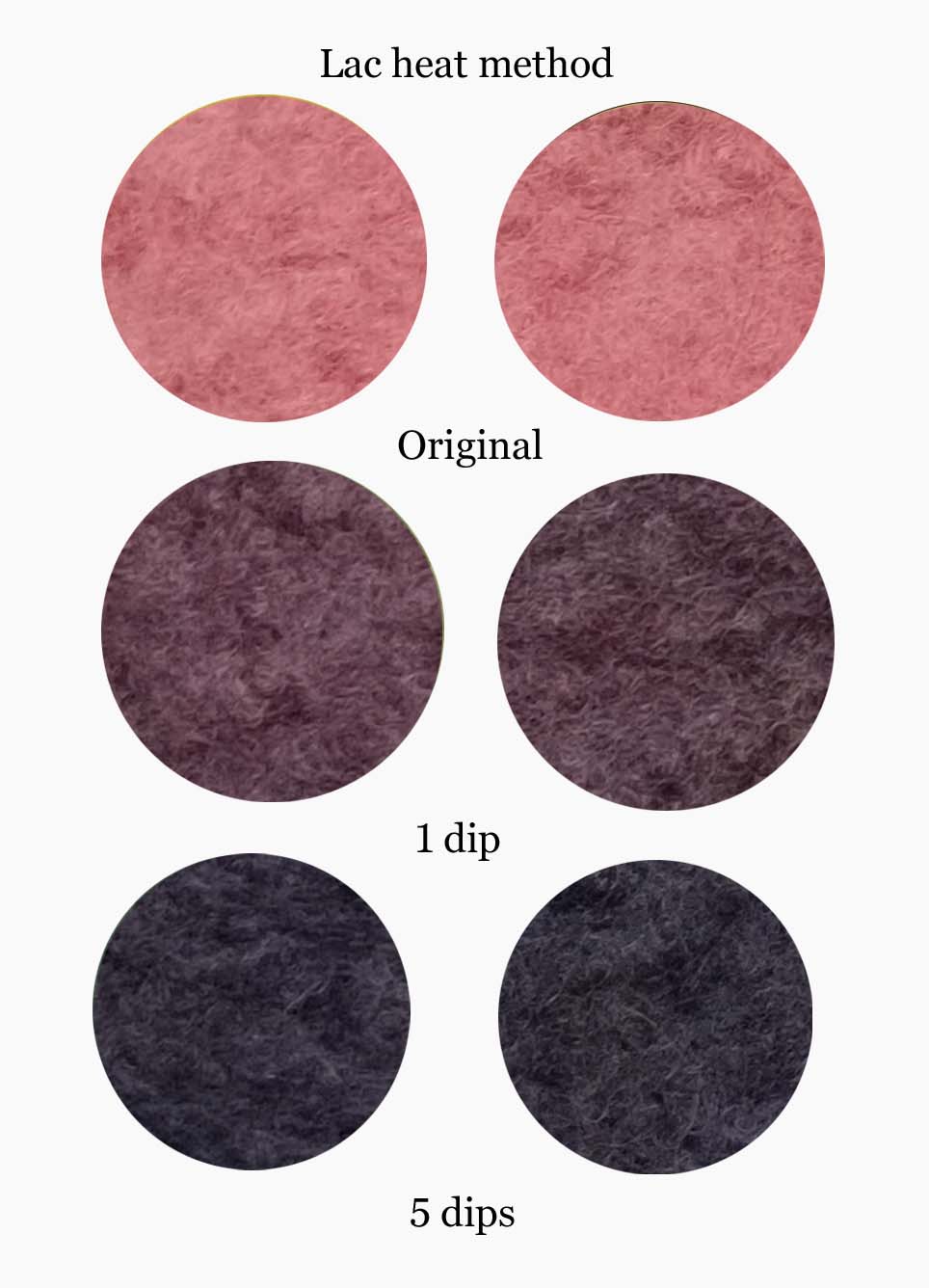
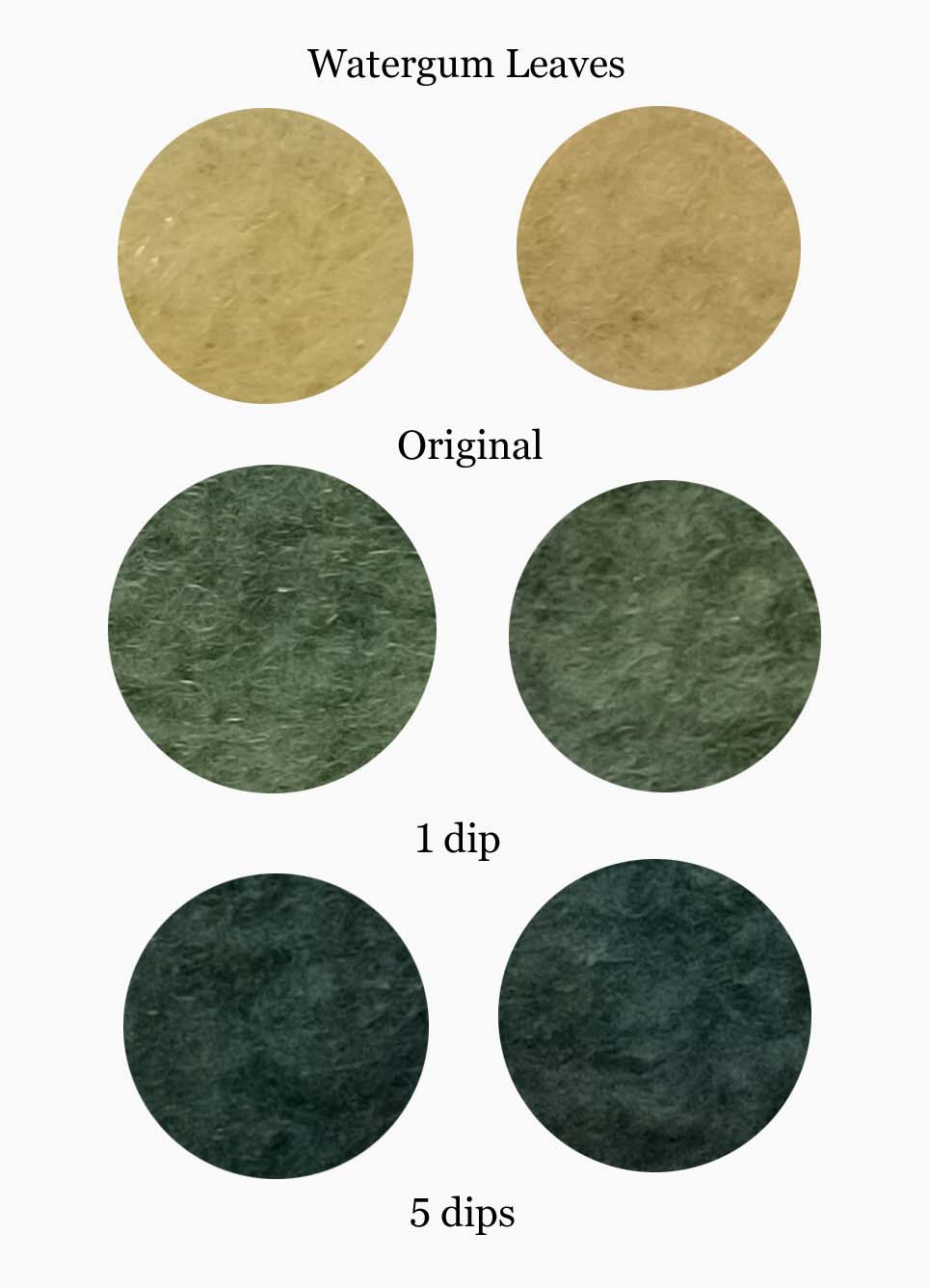
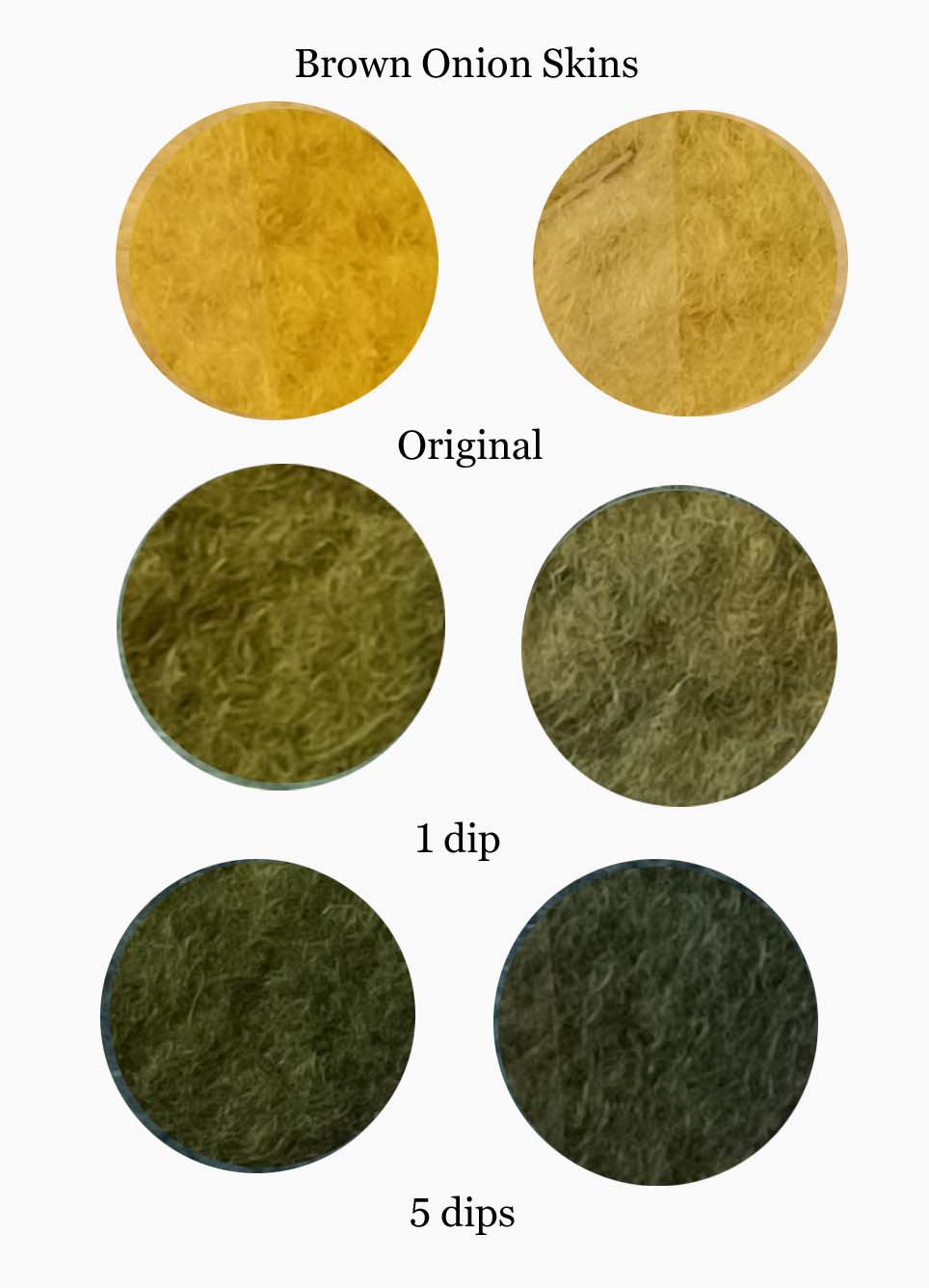
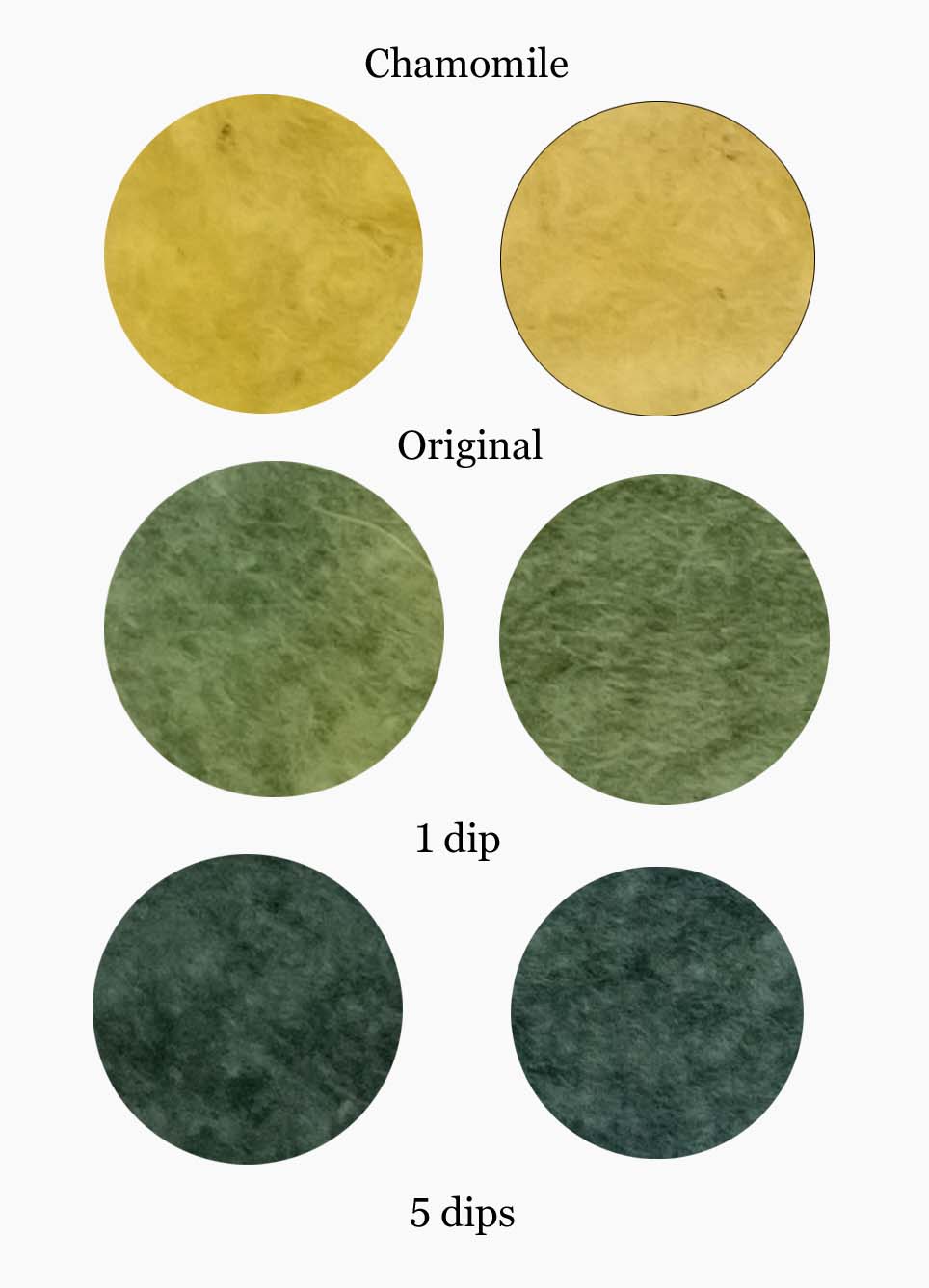
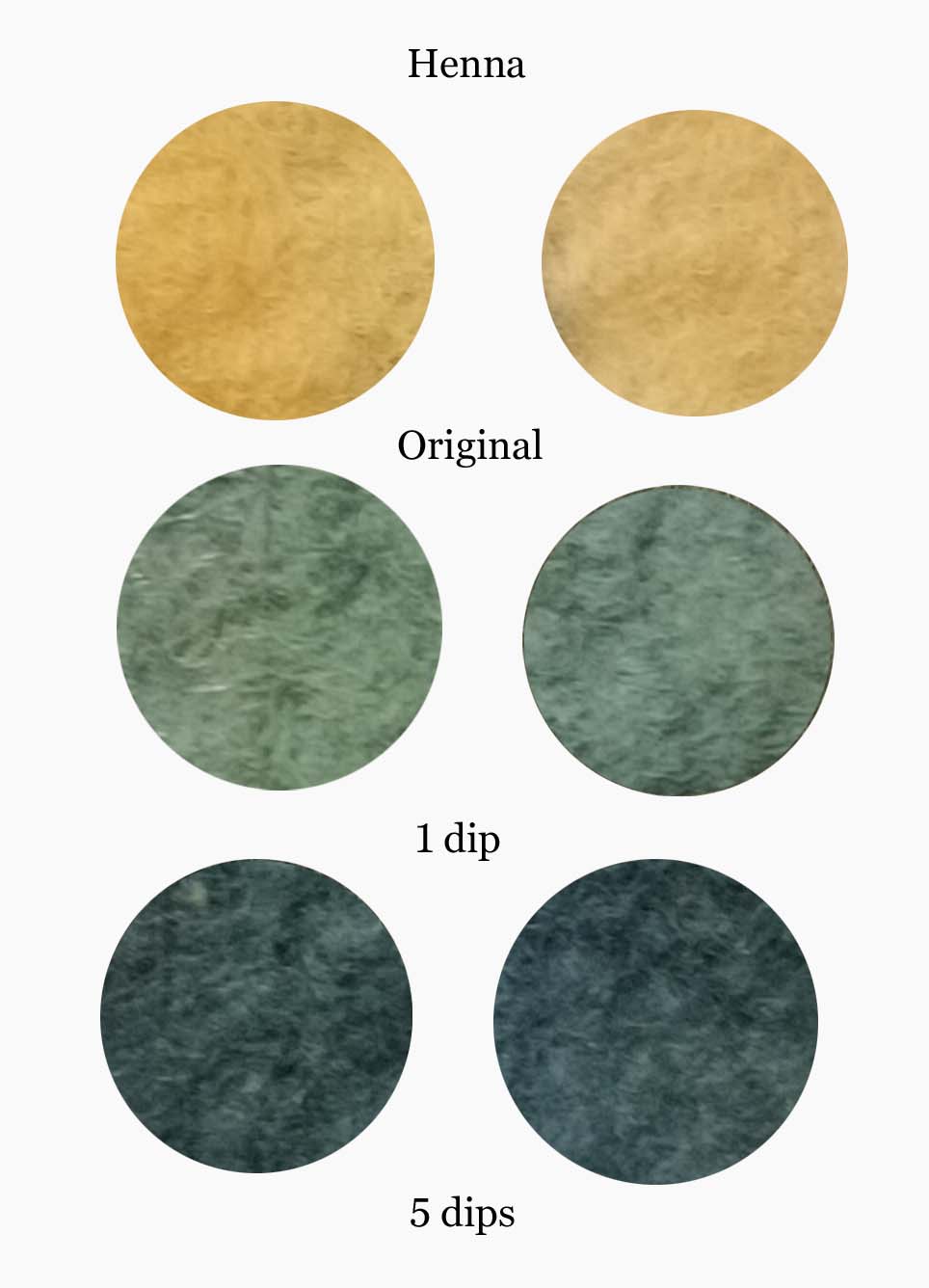
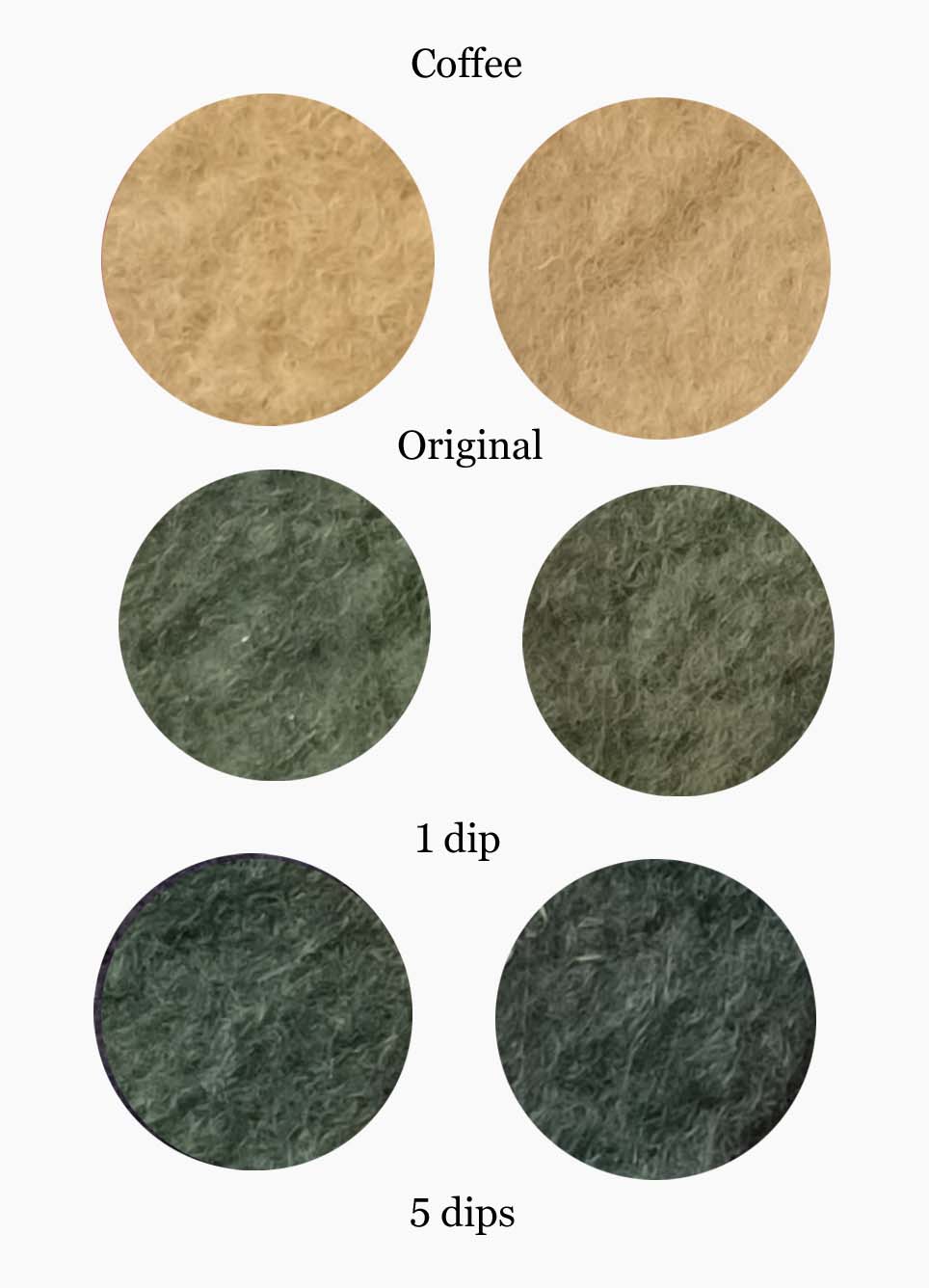
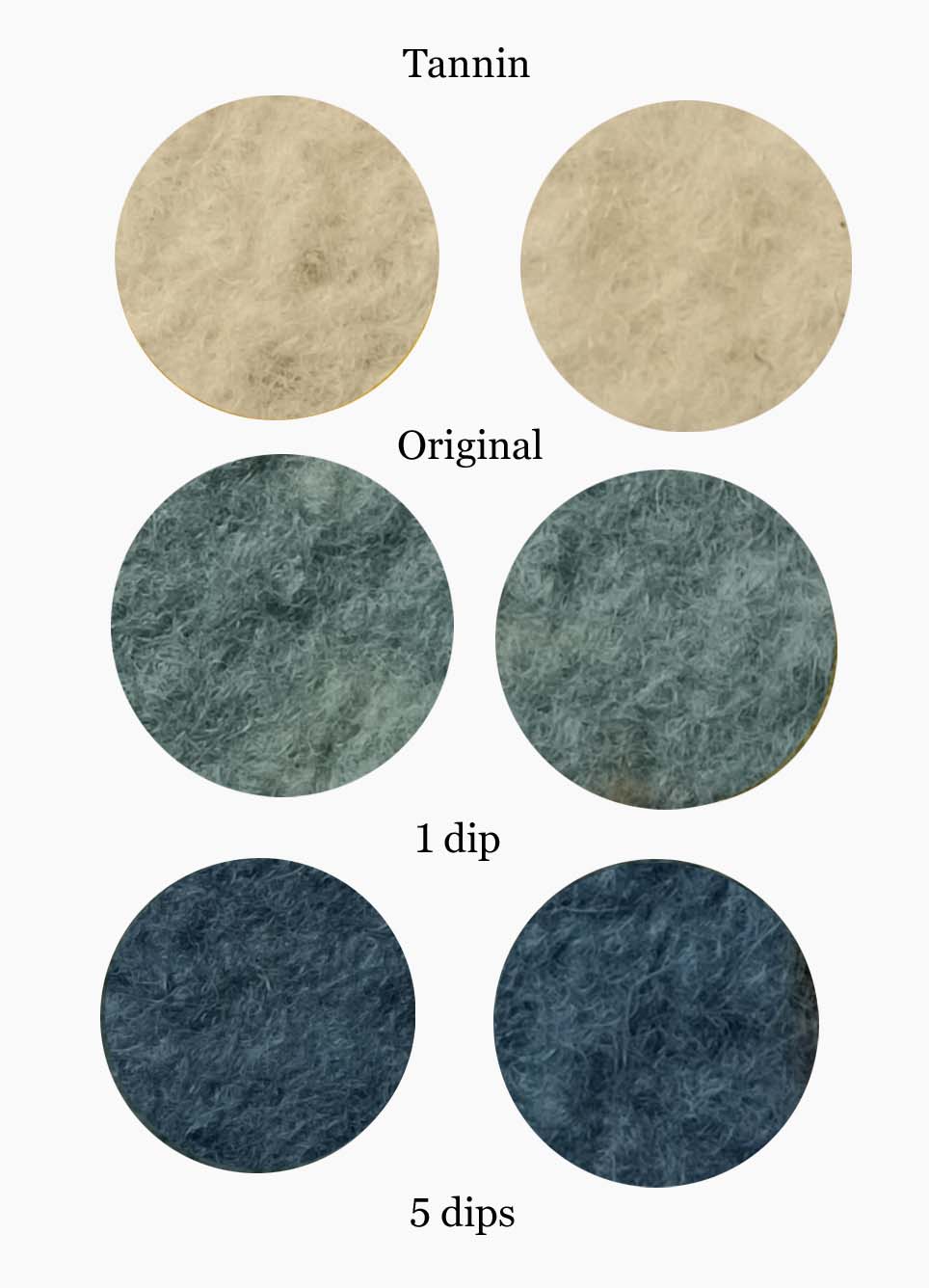
Join us on Instagram www.instagram.com/DyetoCraft
Etsy Shop Now open
If you like the idea of using organic naturally dyed threads in your craft but just don’t have the time, come and have a look at our Etsy Shop where you will find an array of beautiful colours provided by nature.
